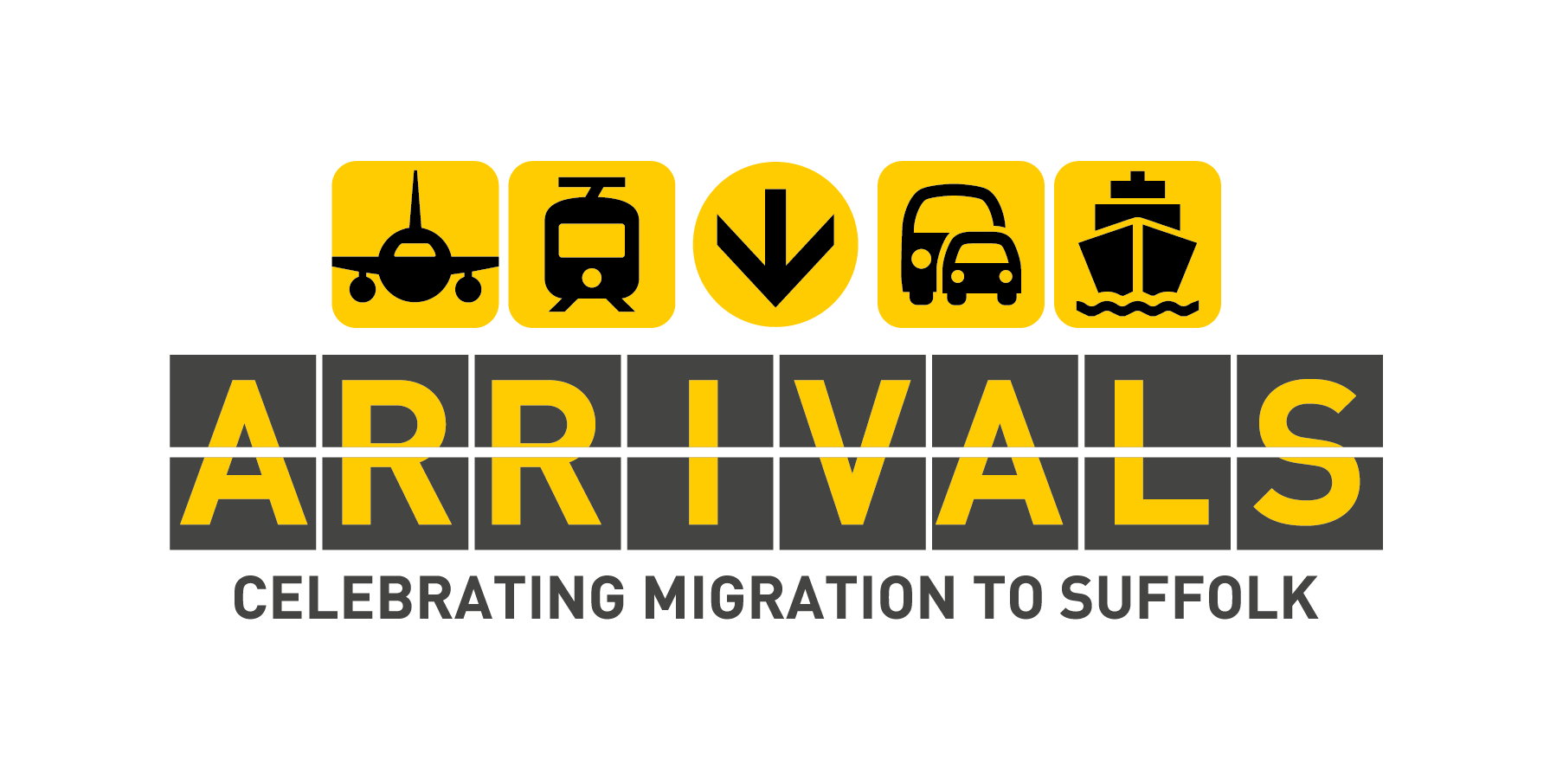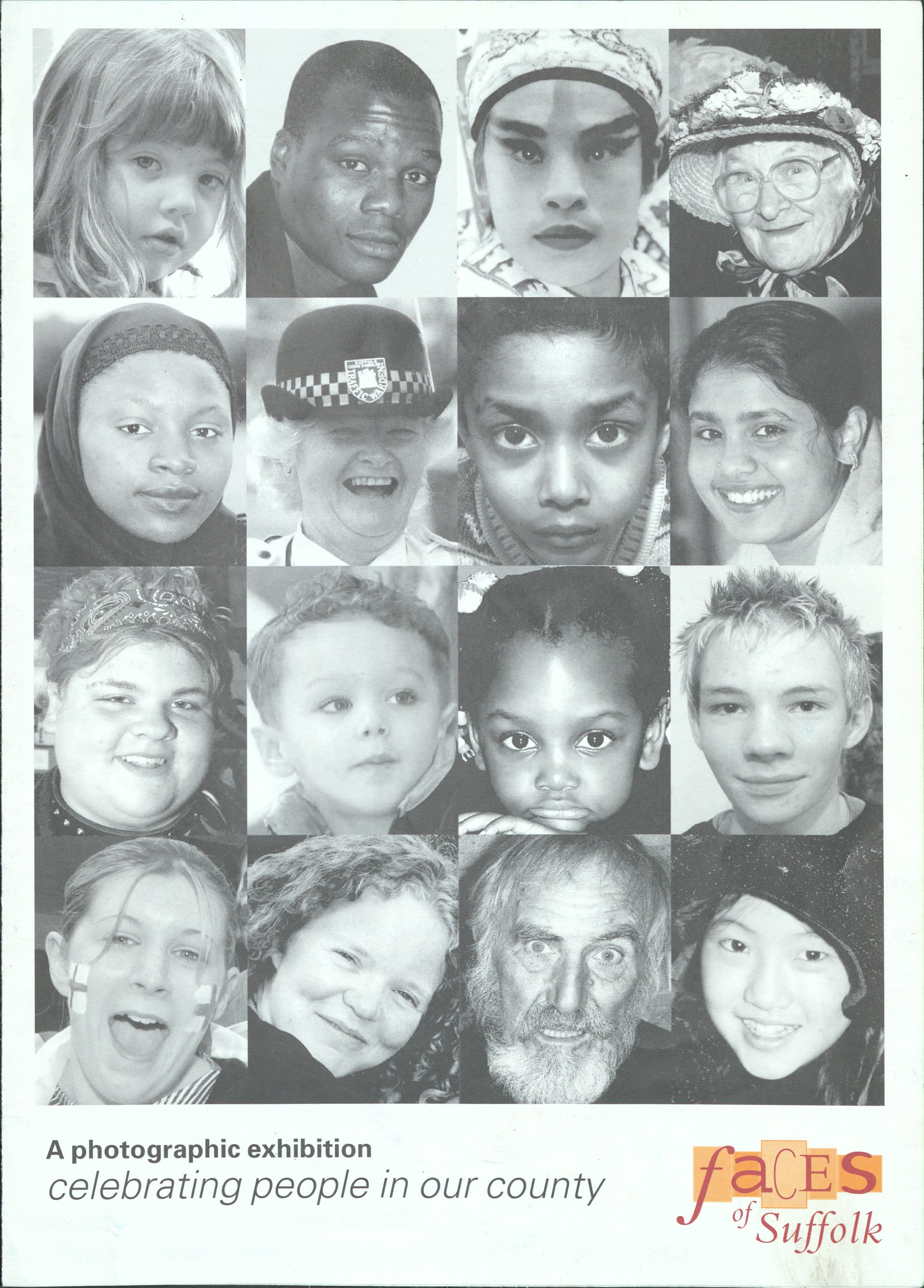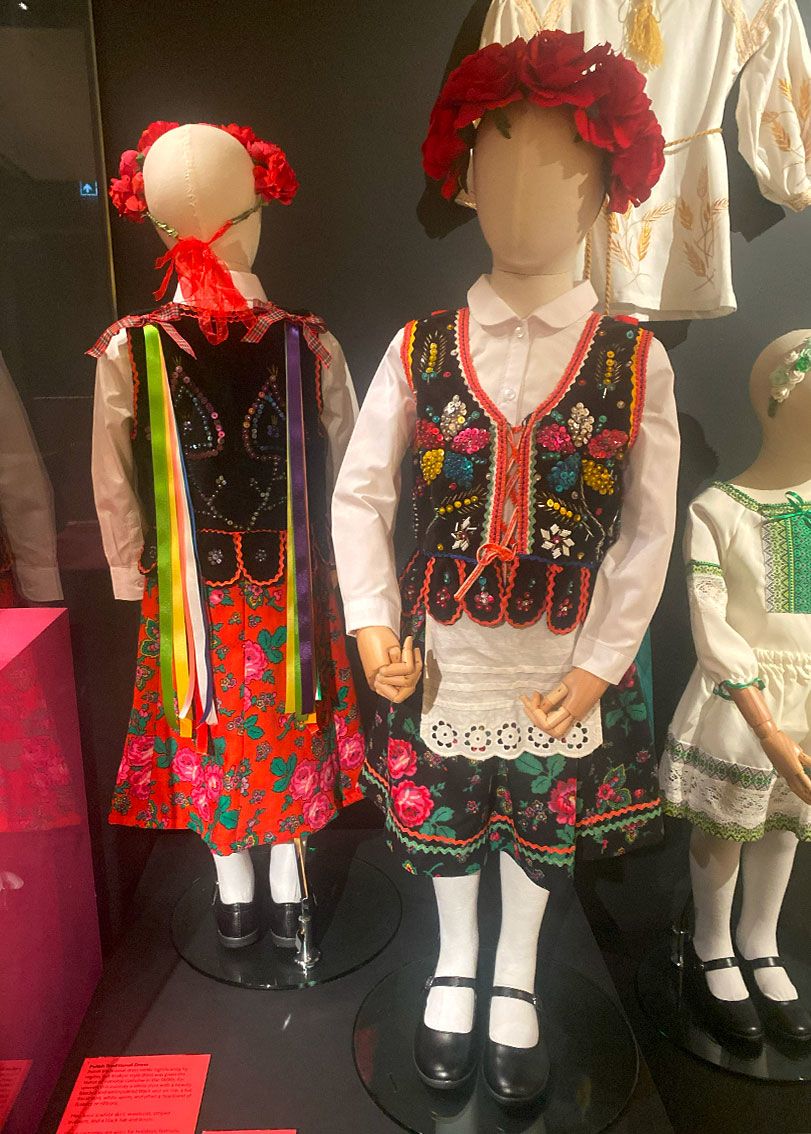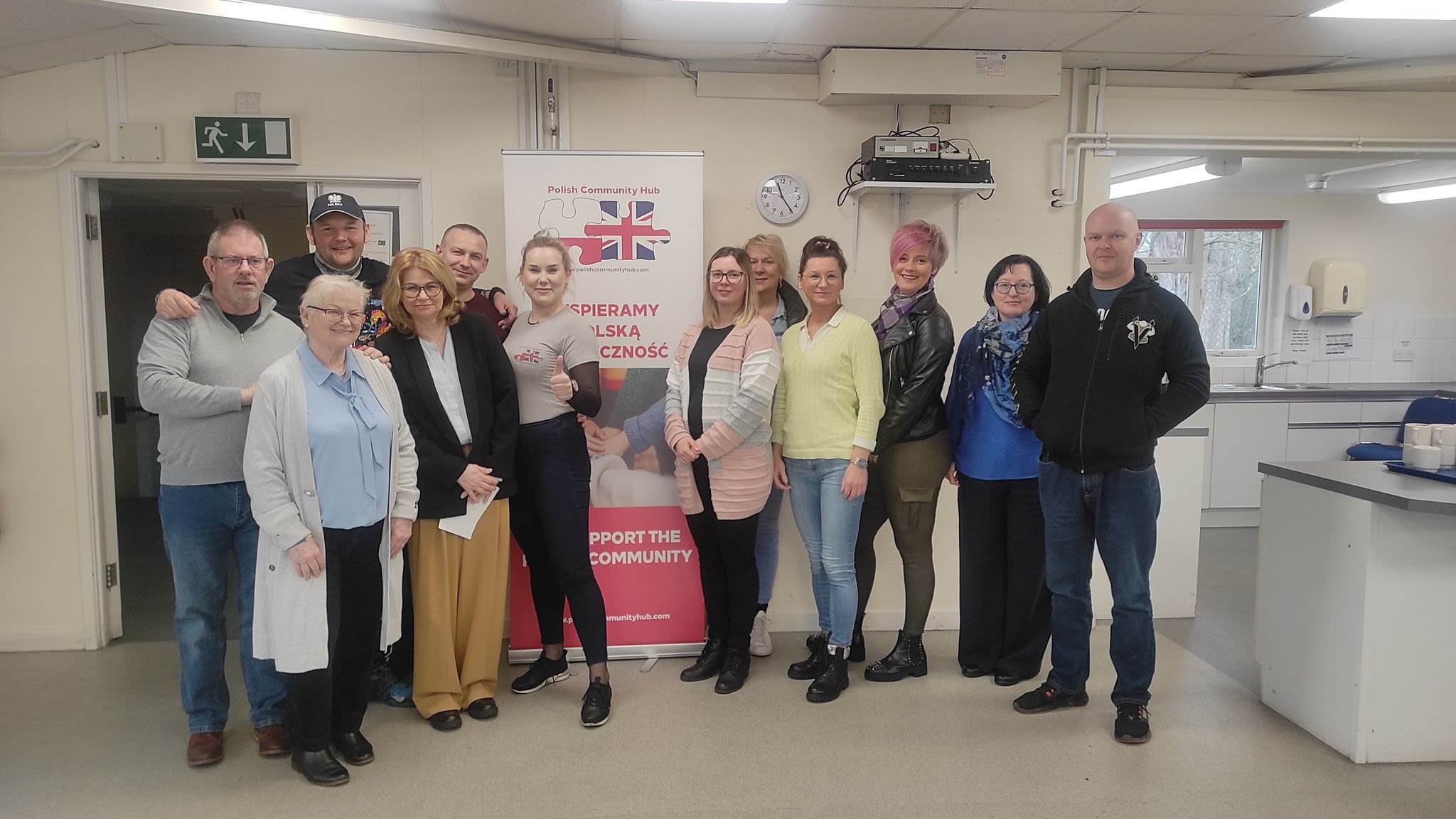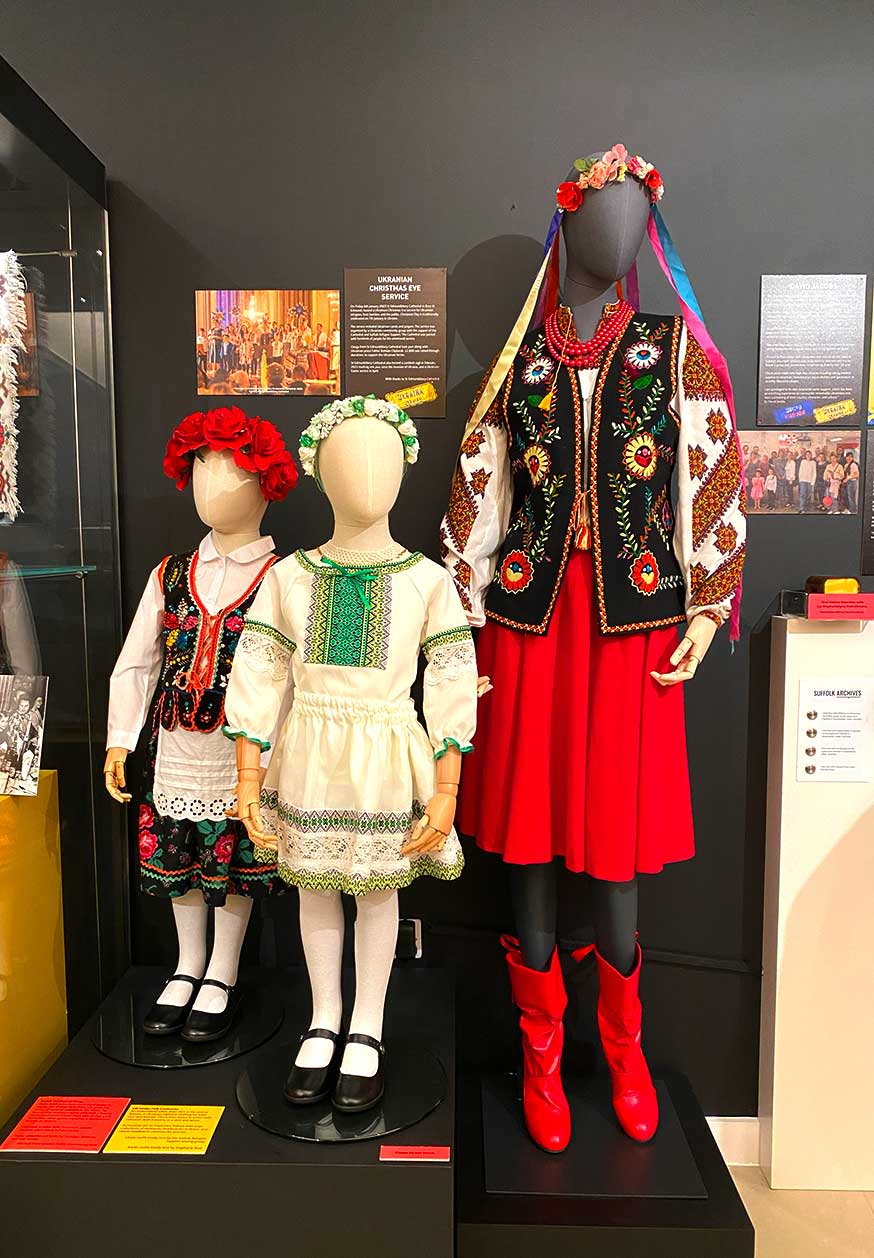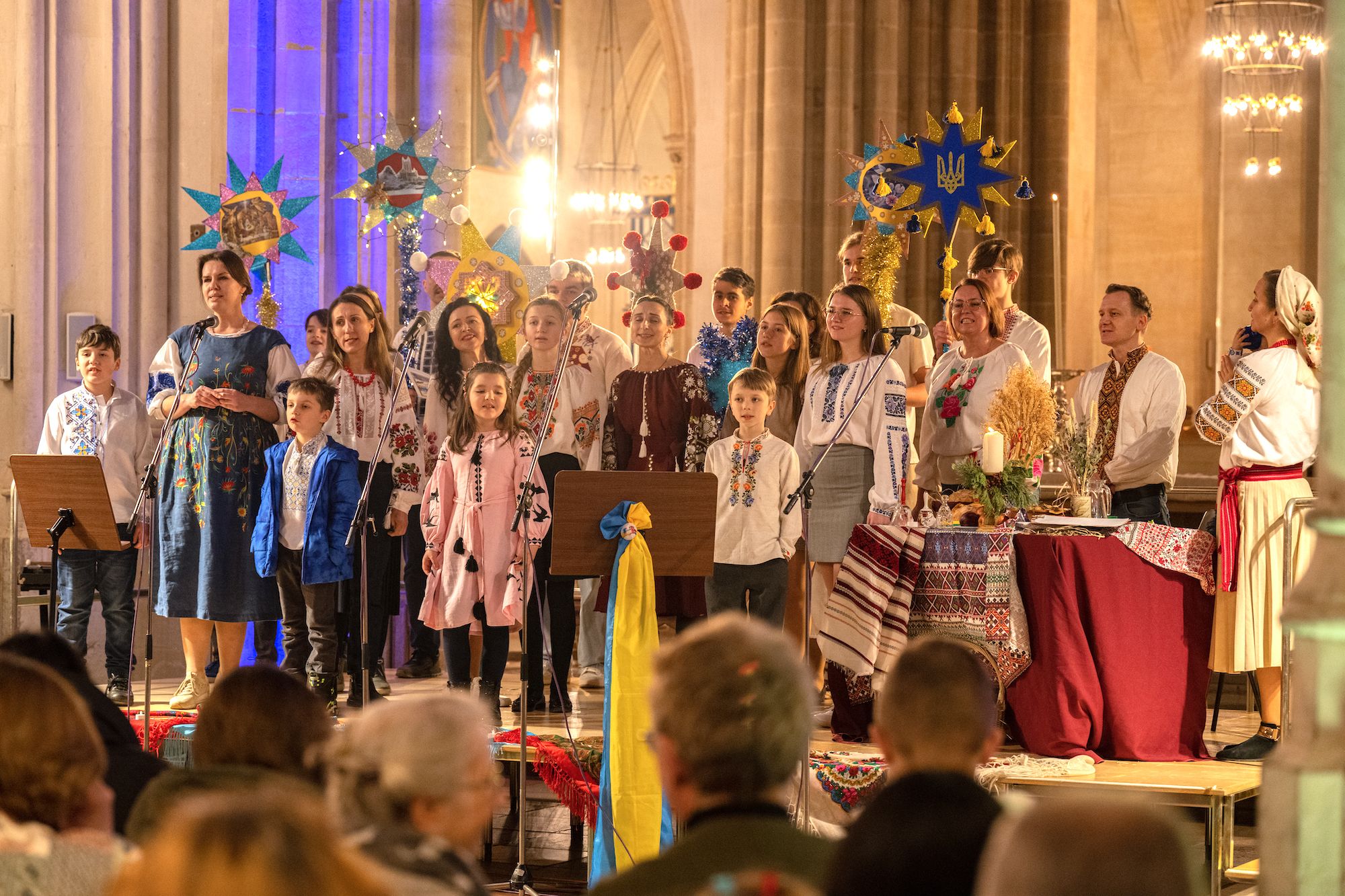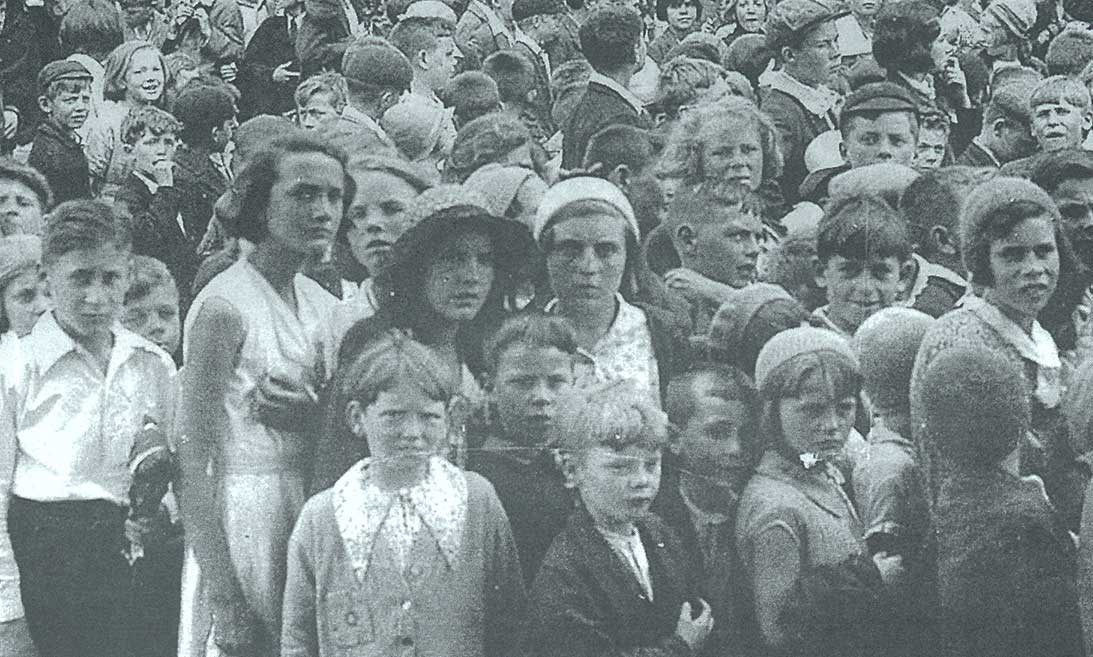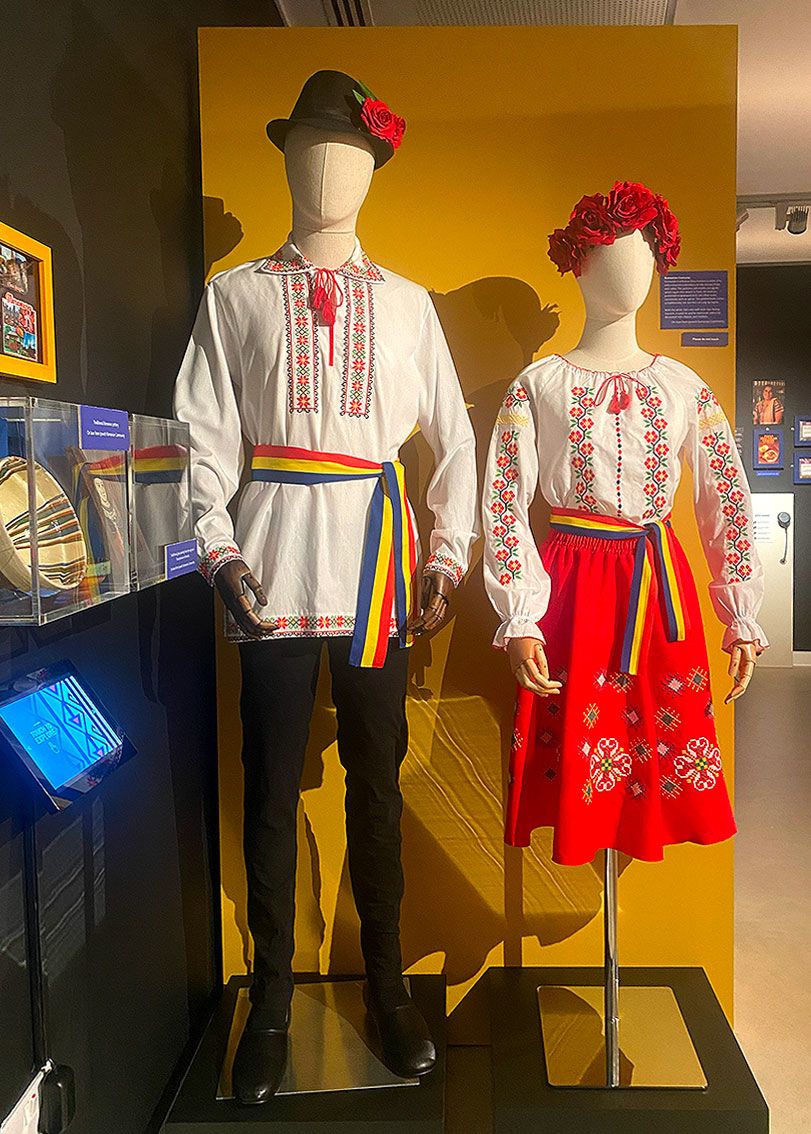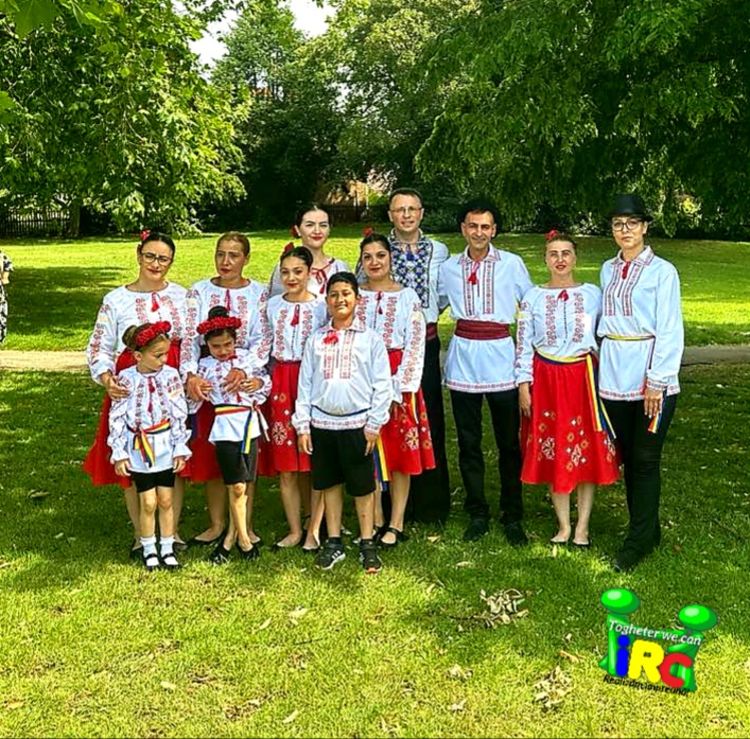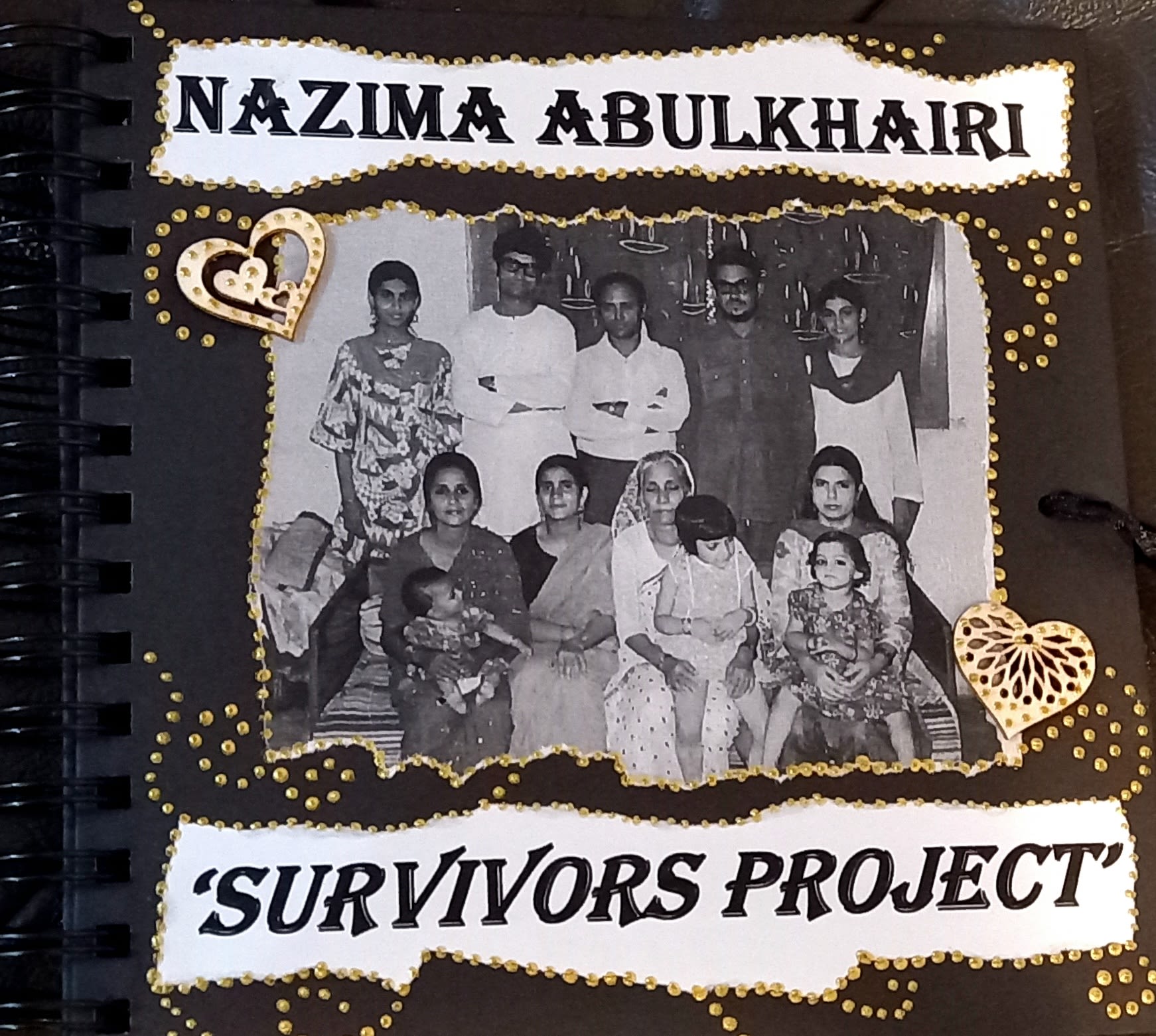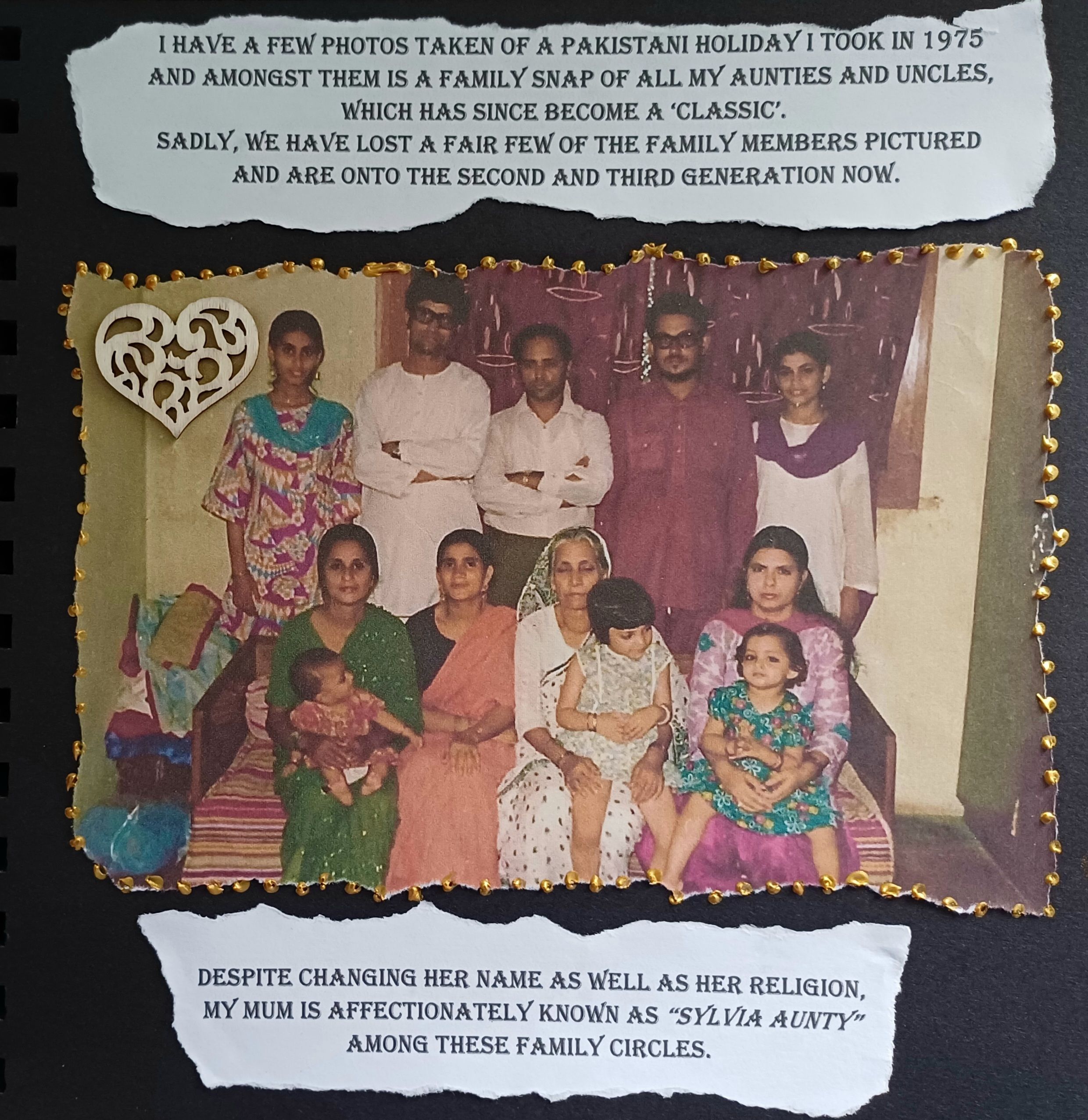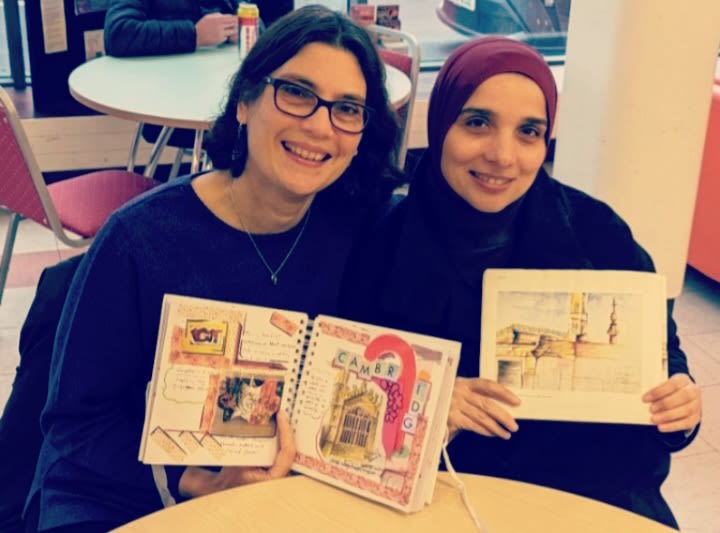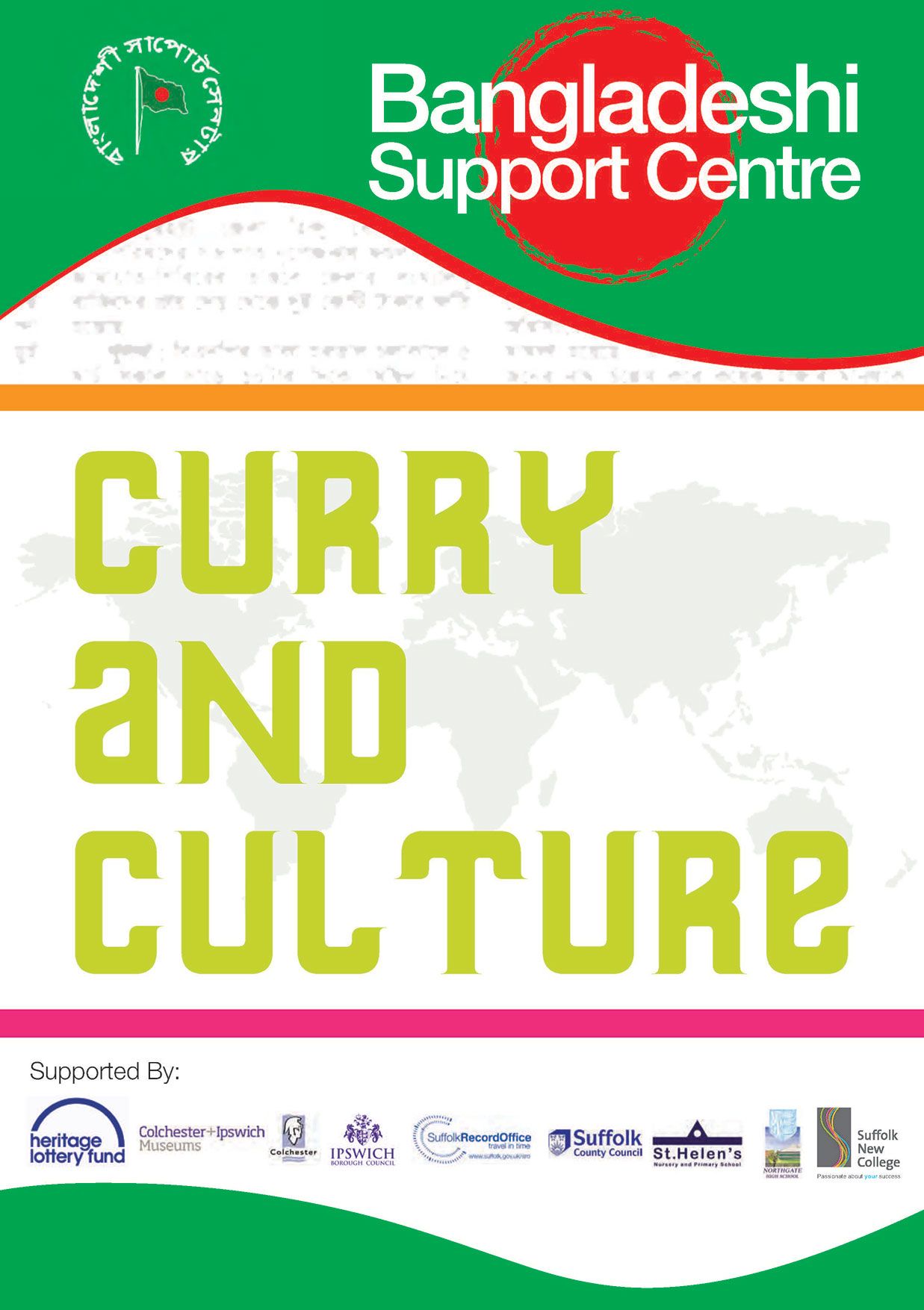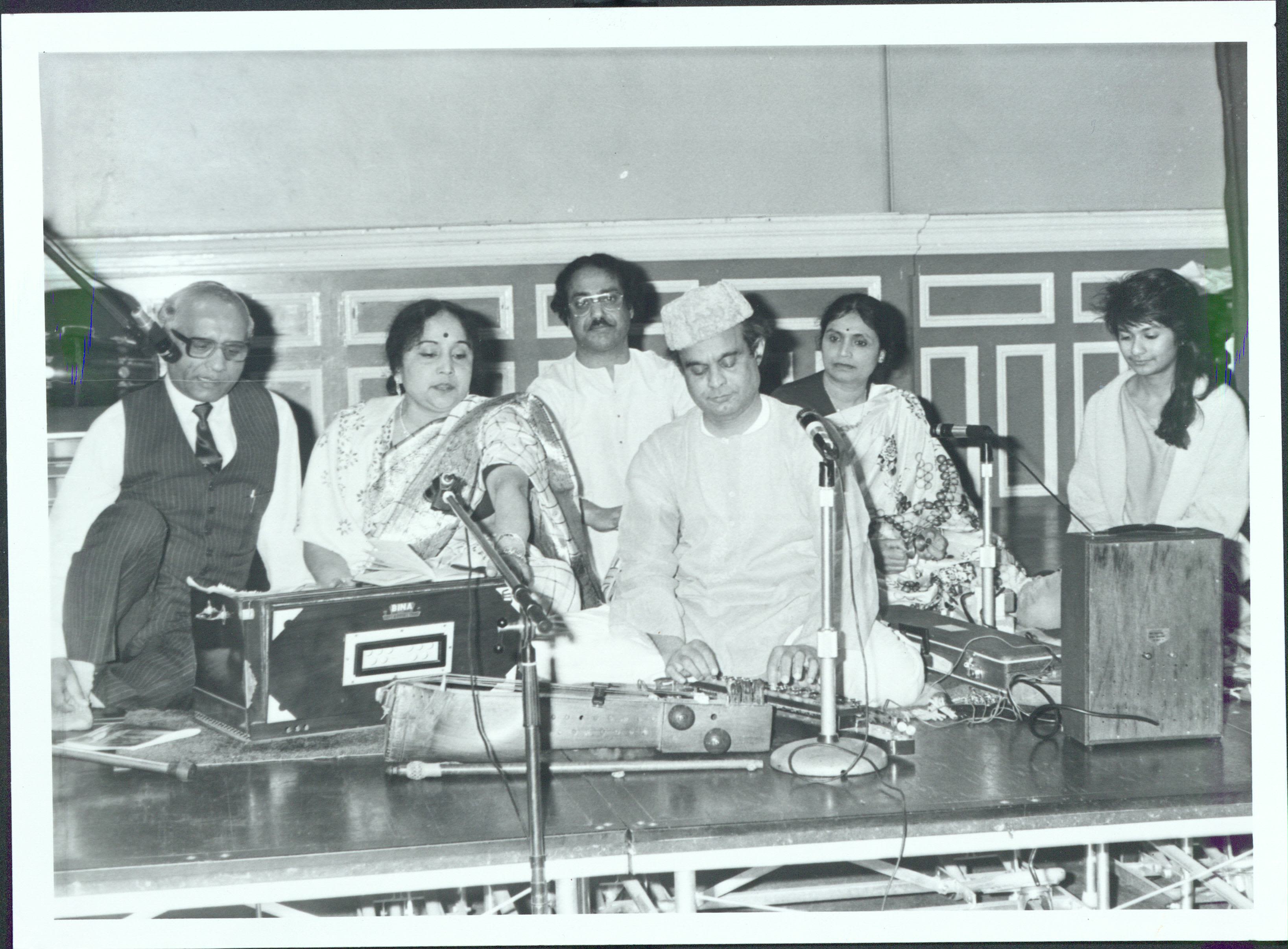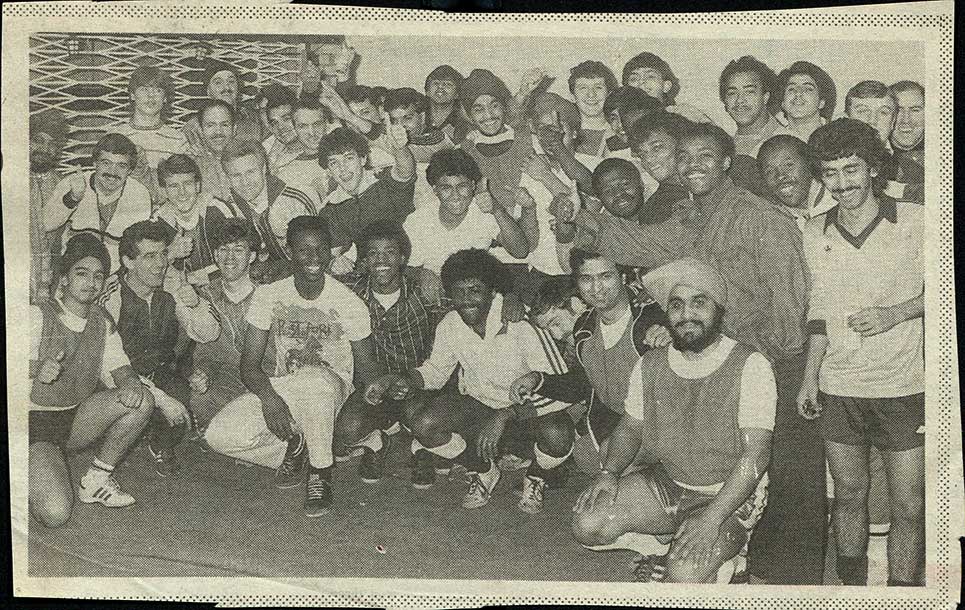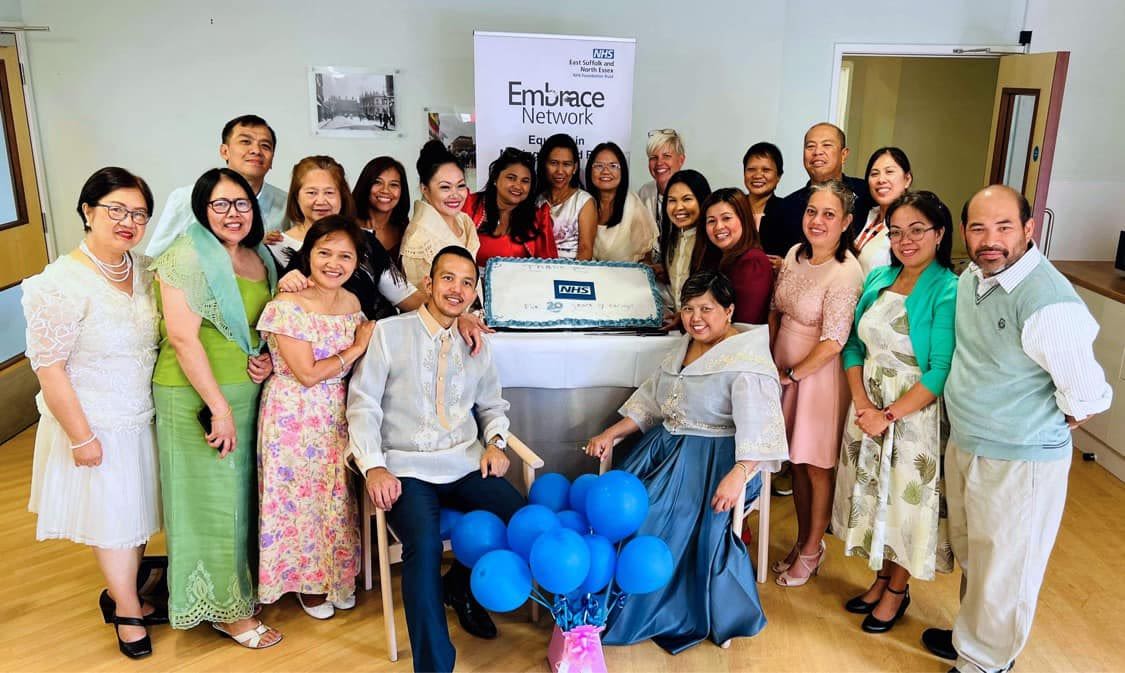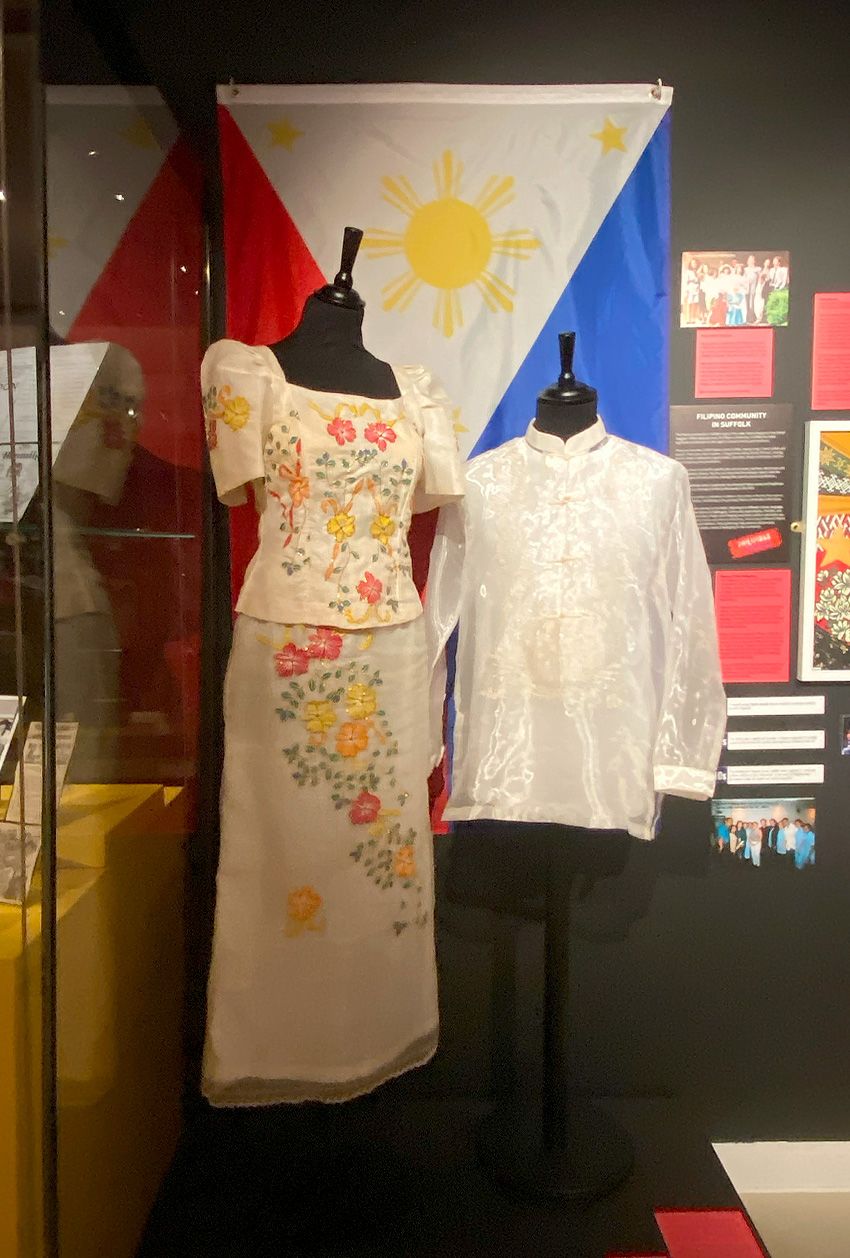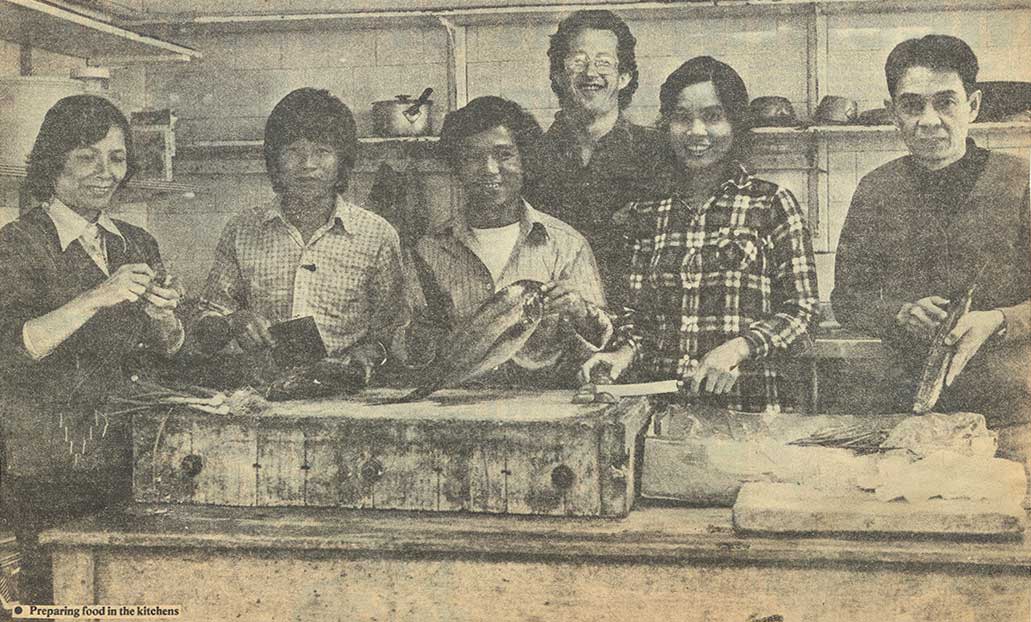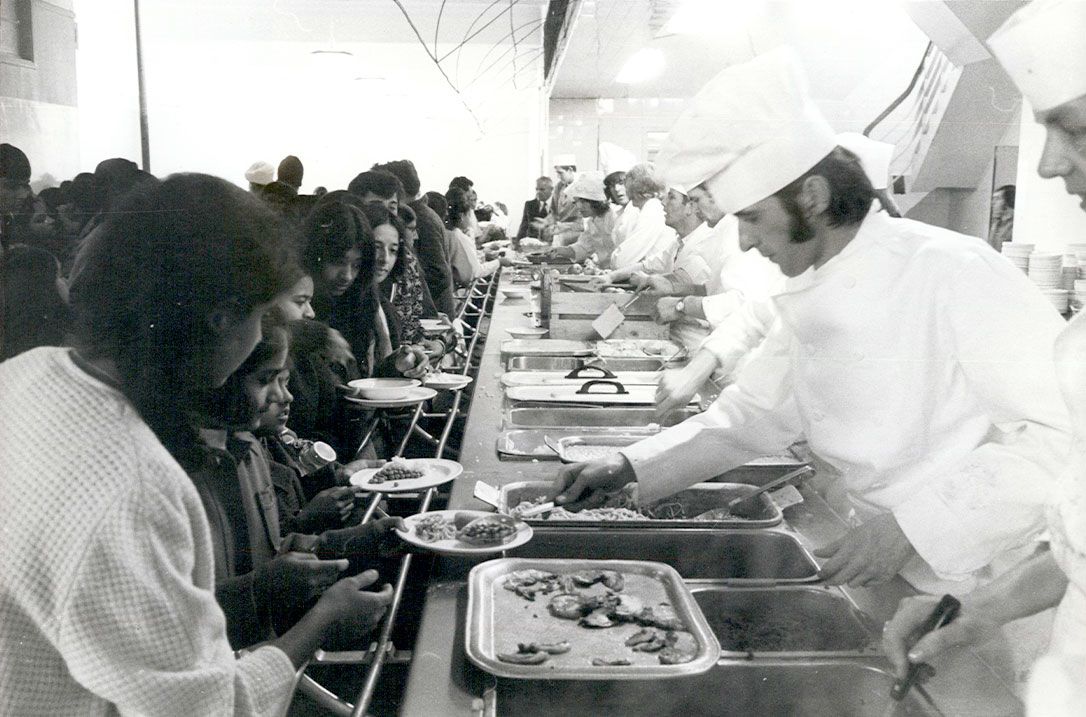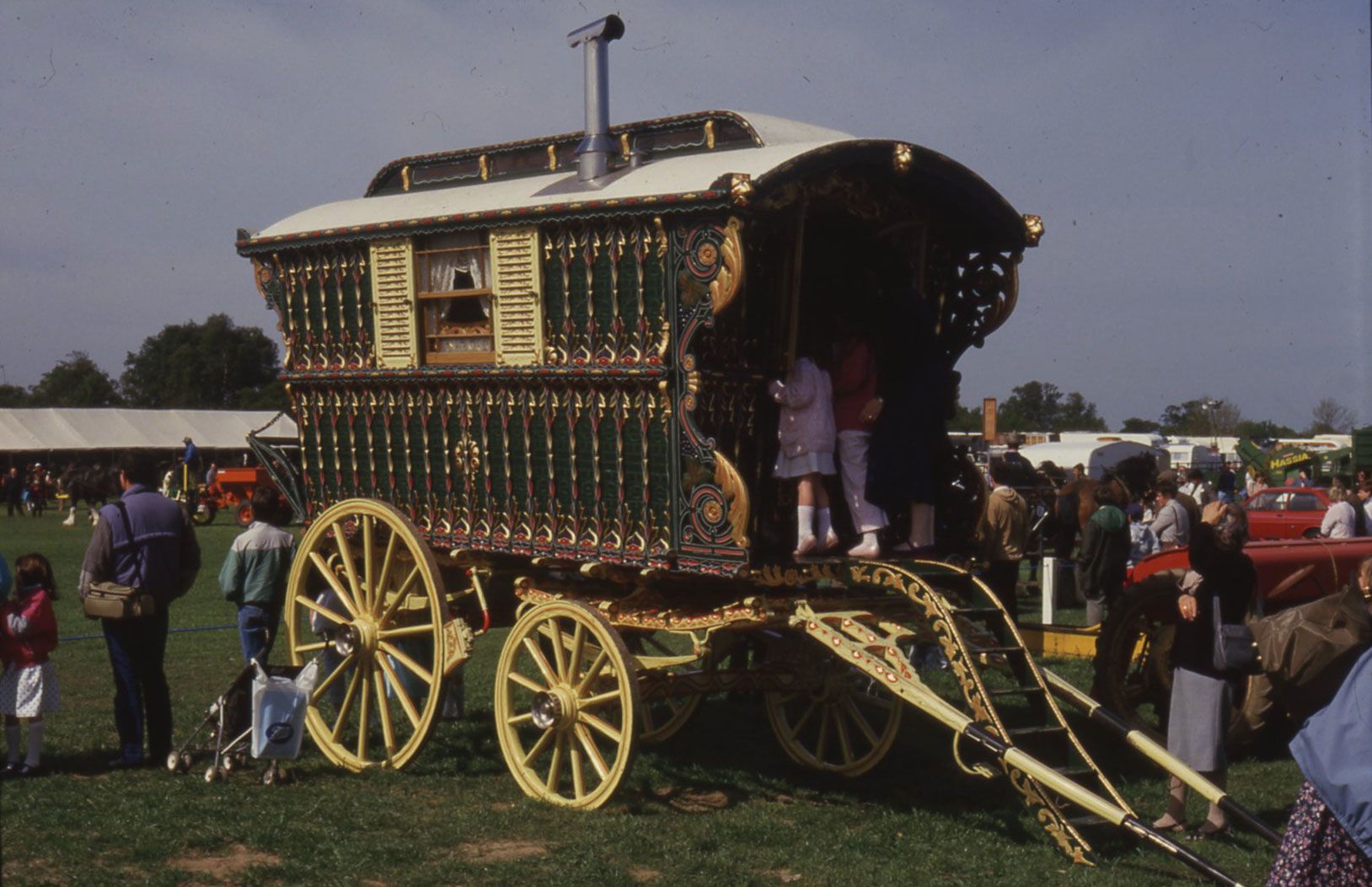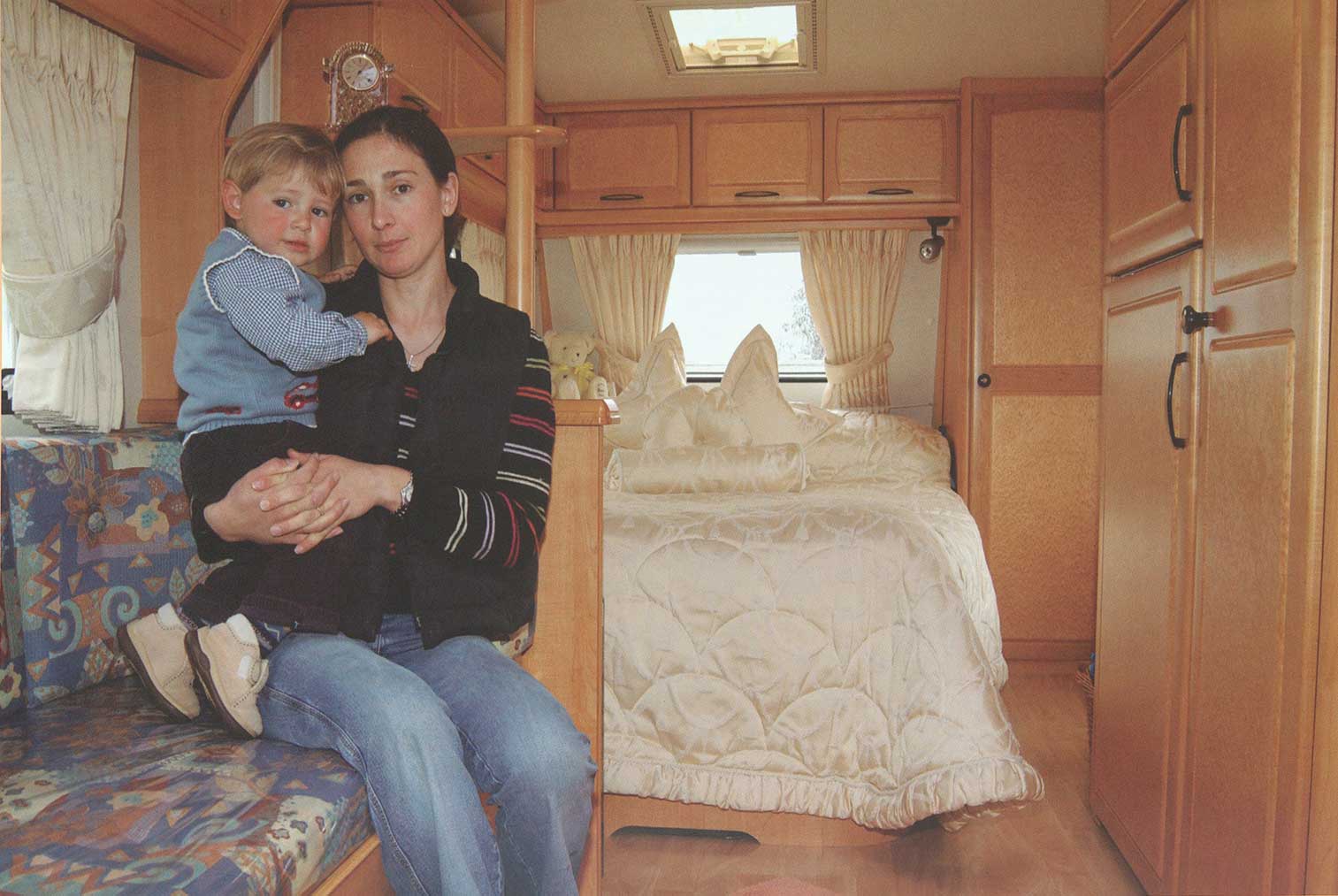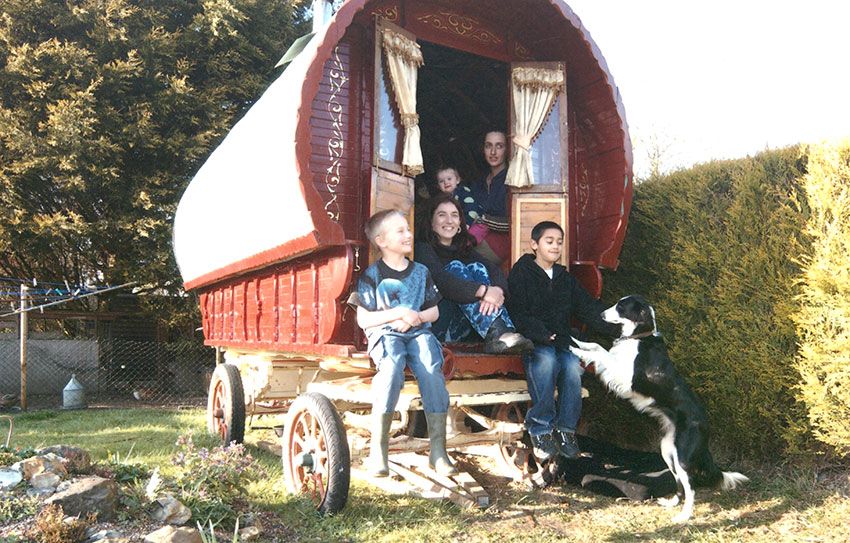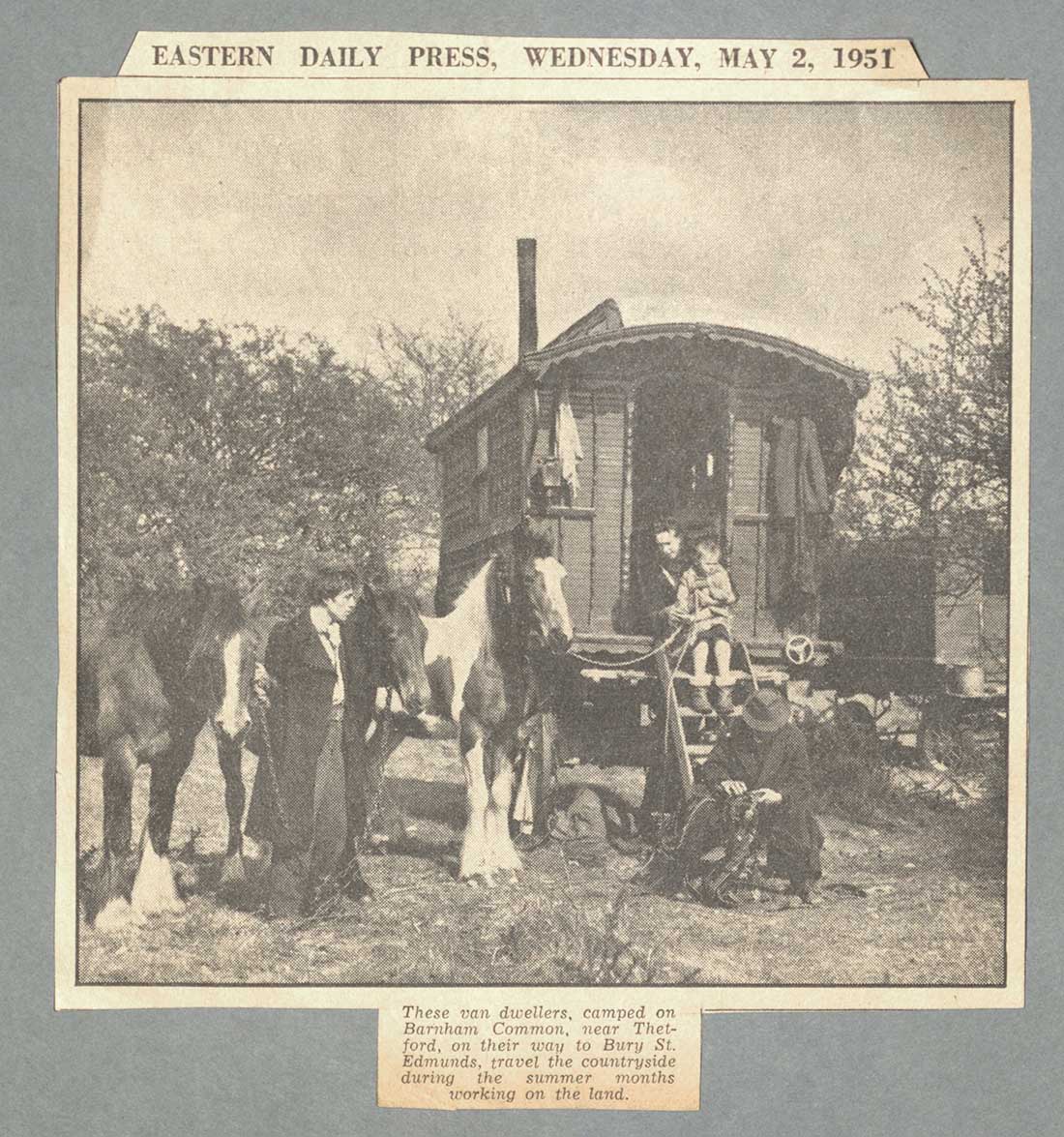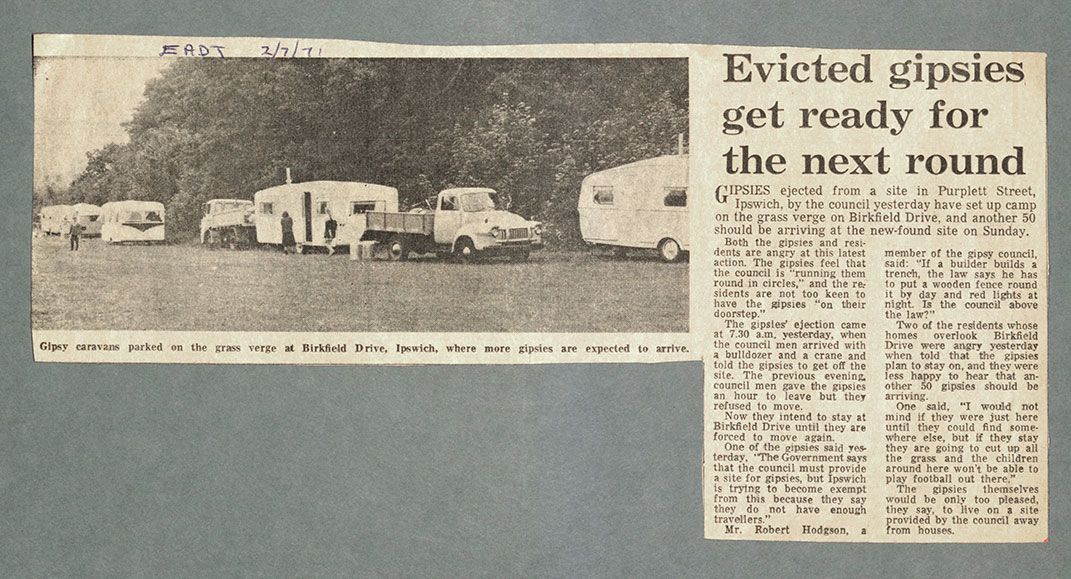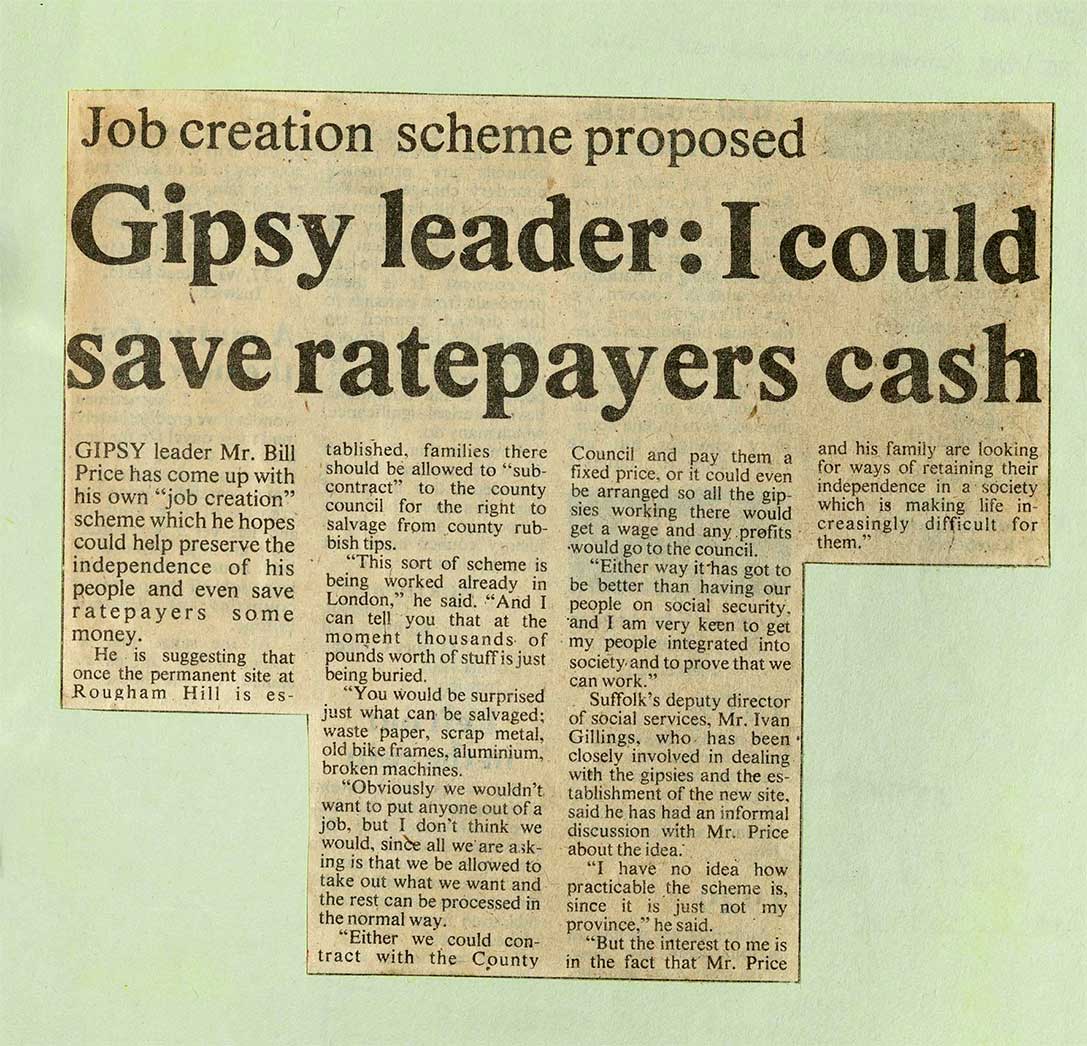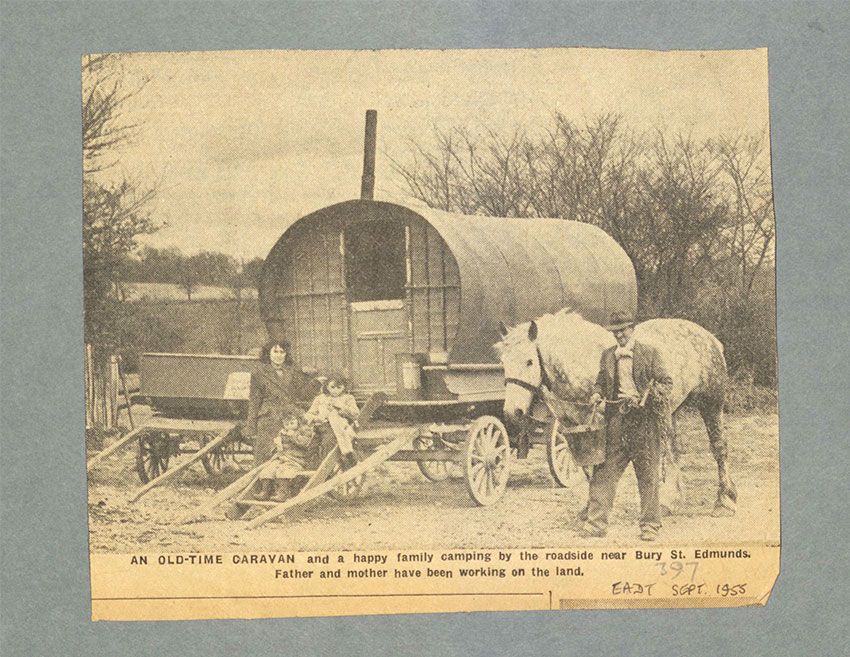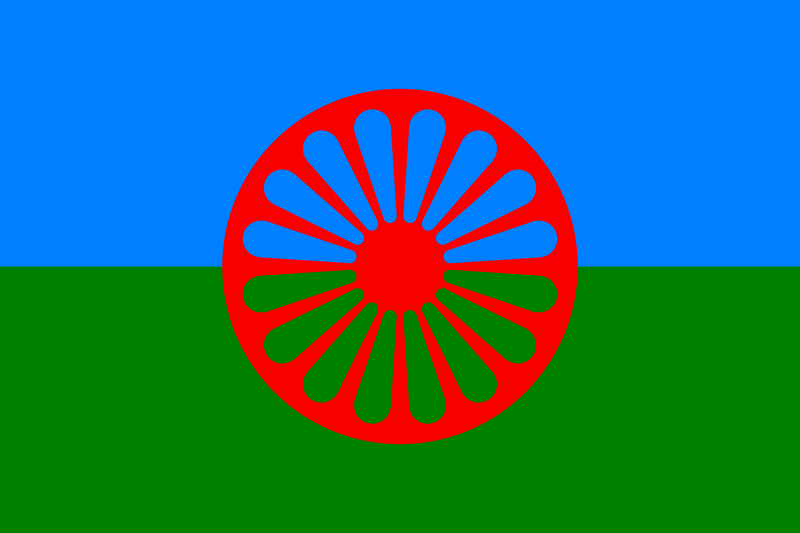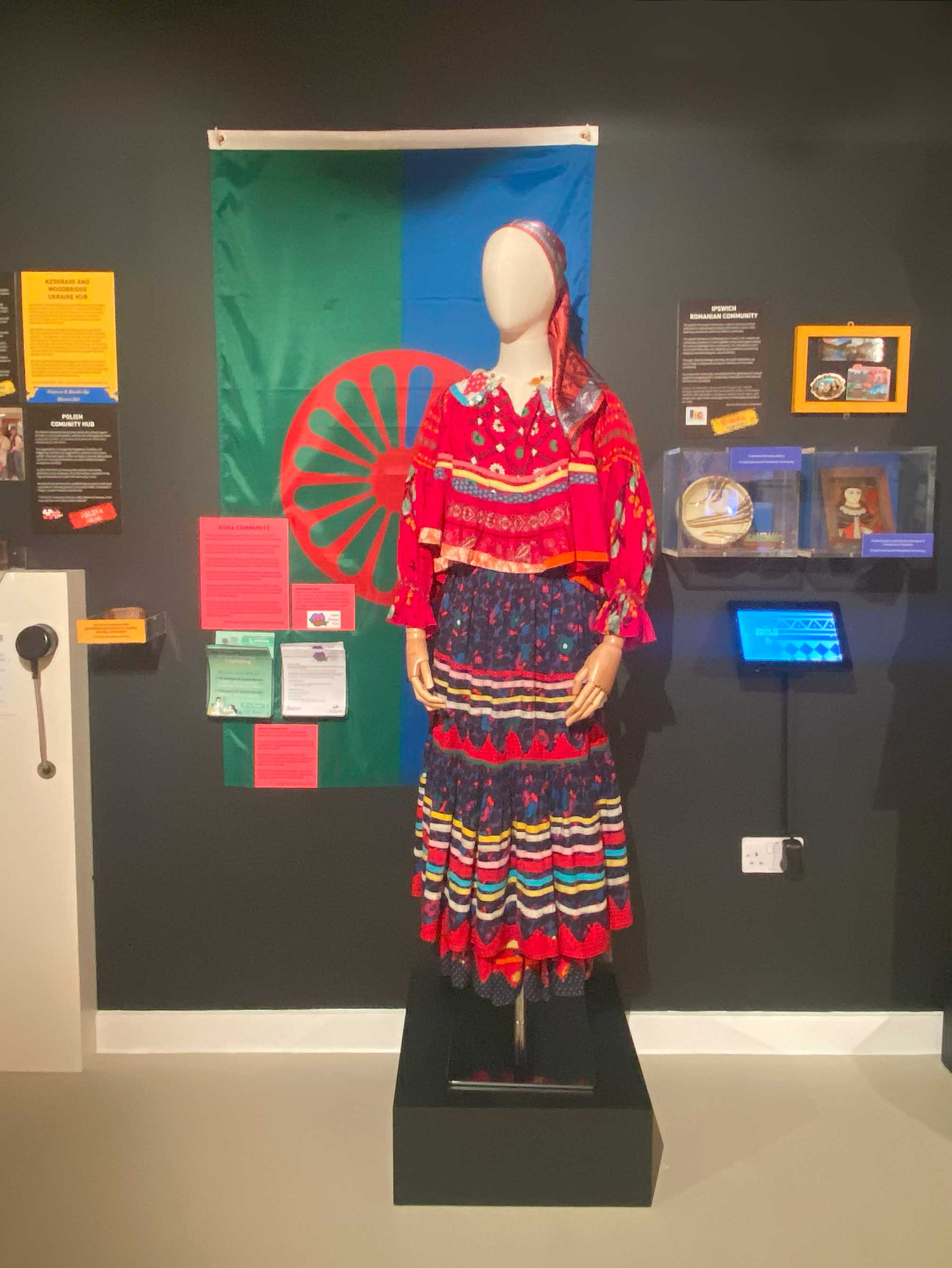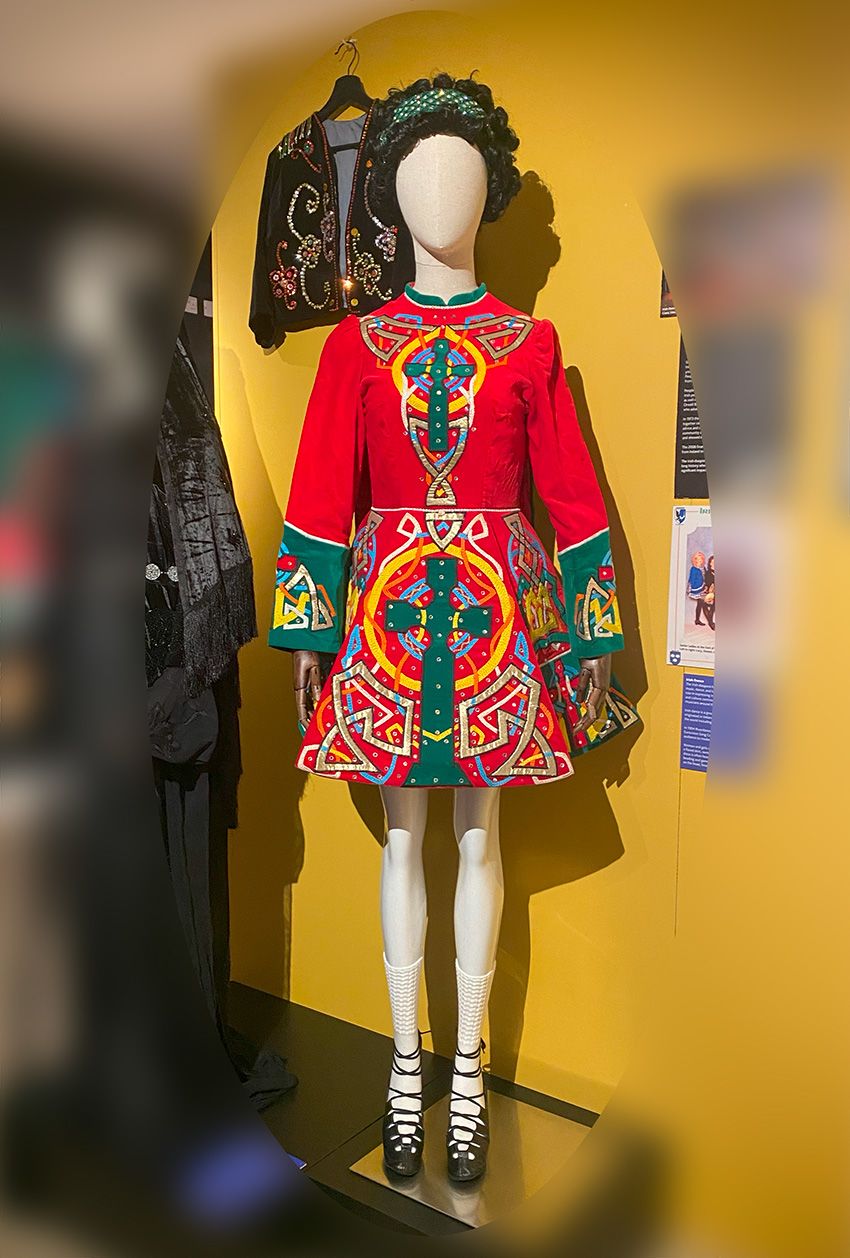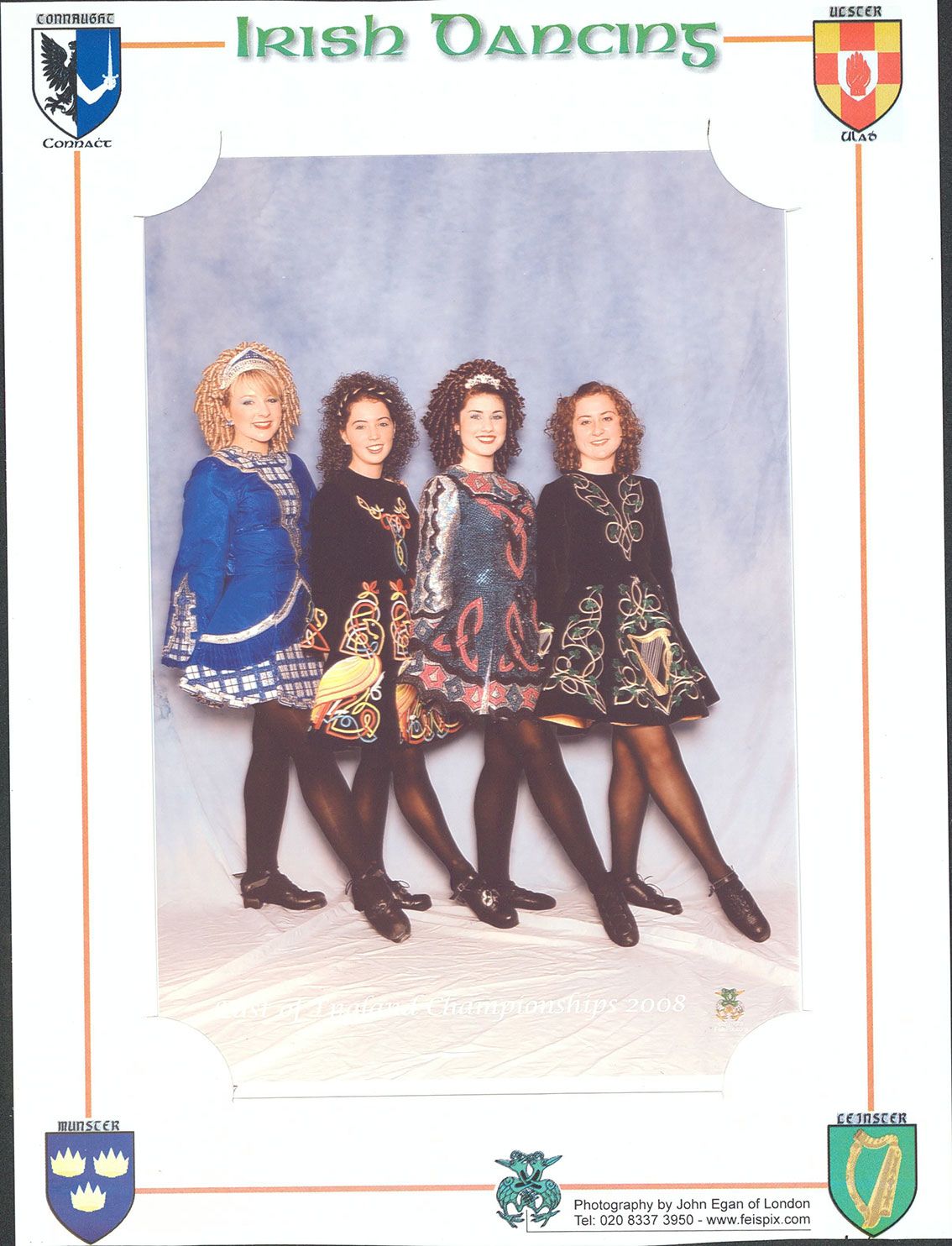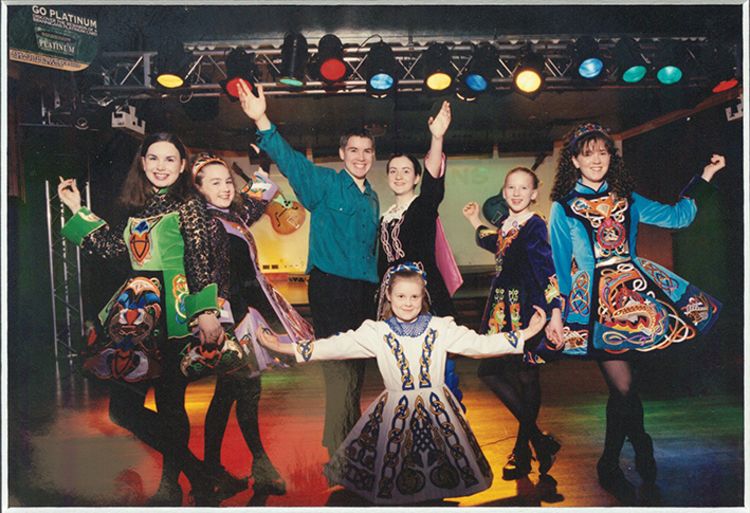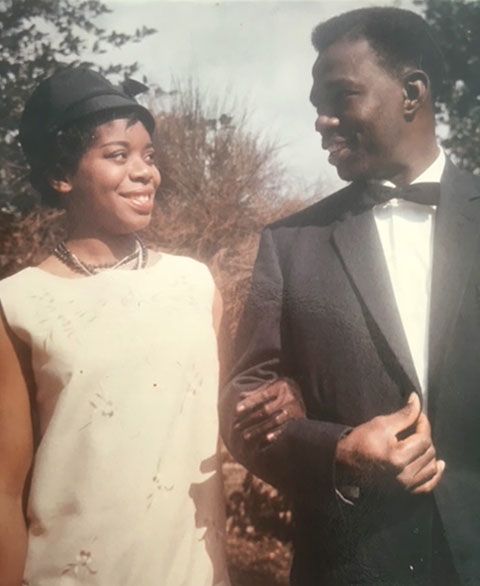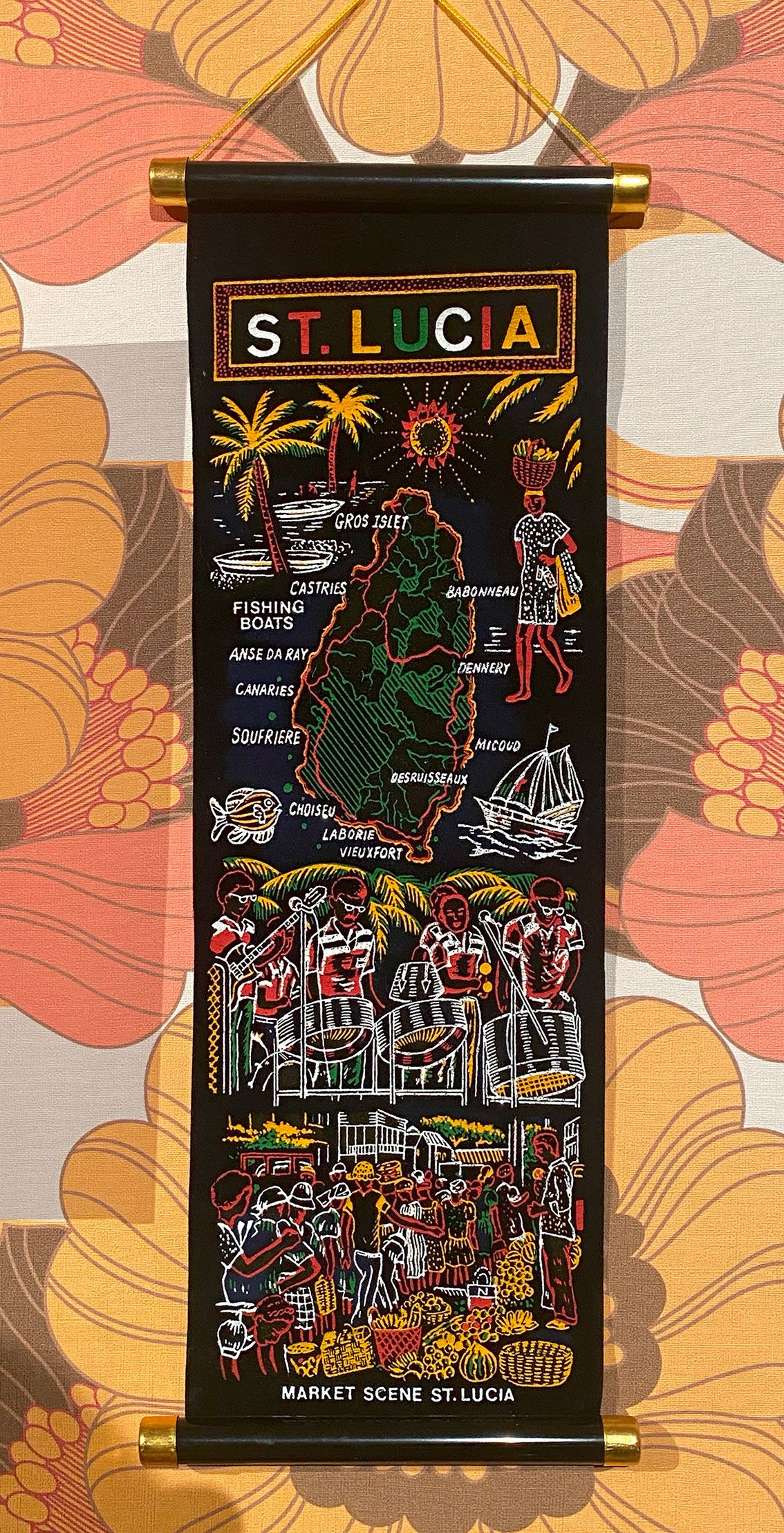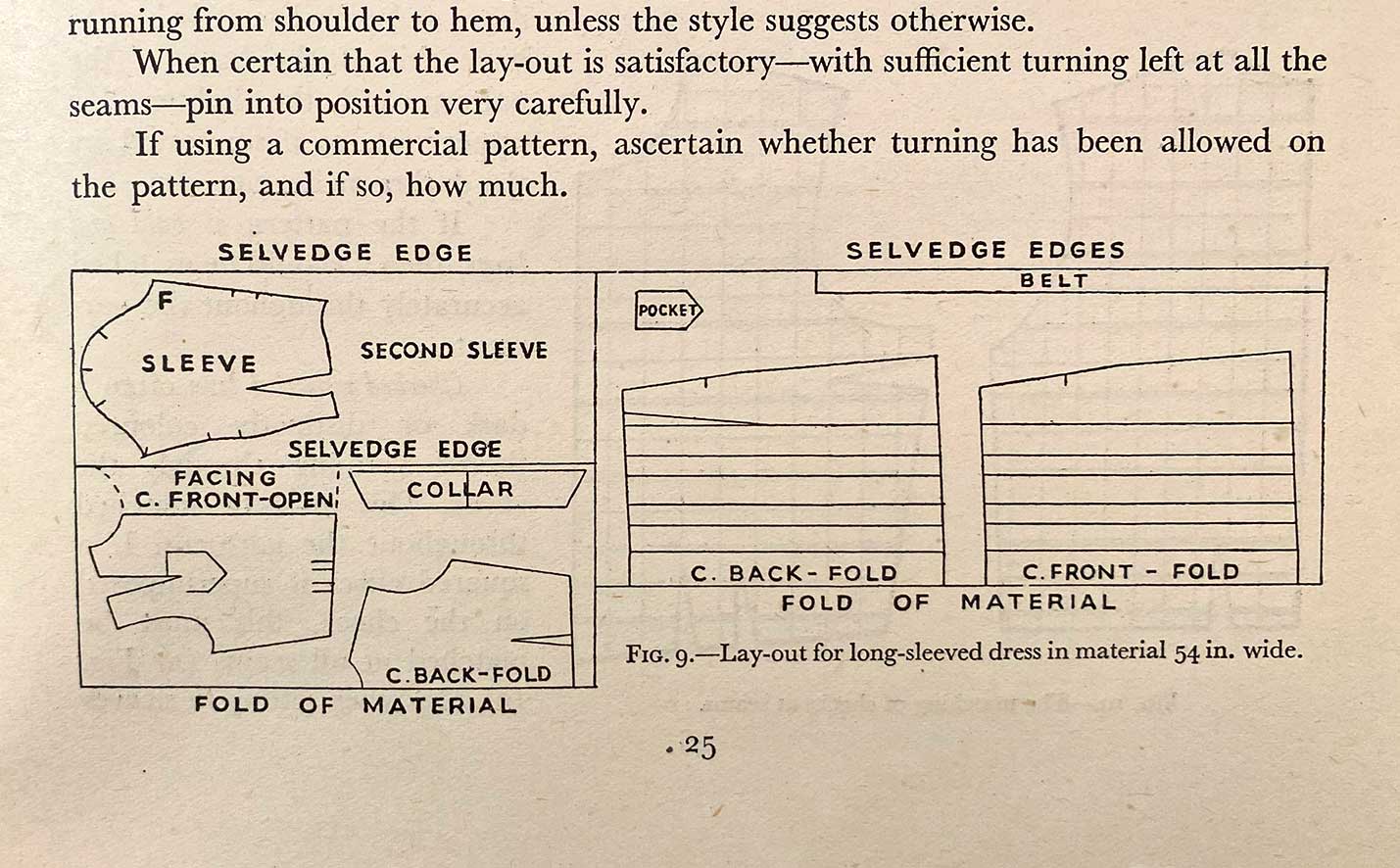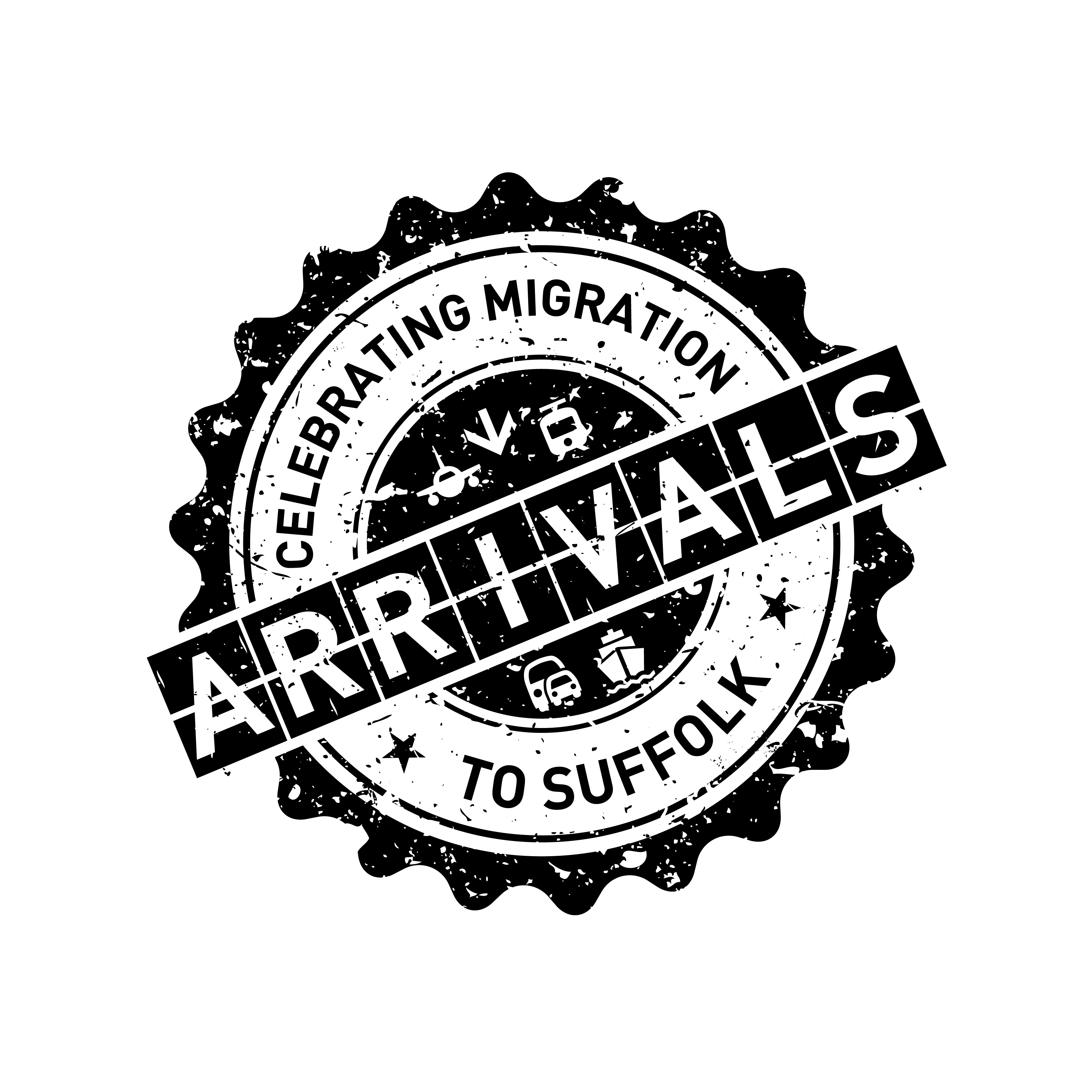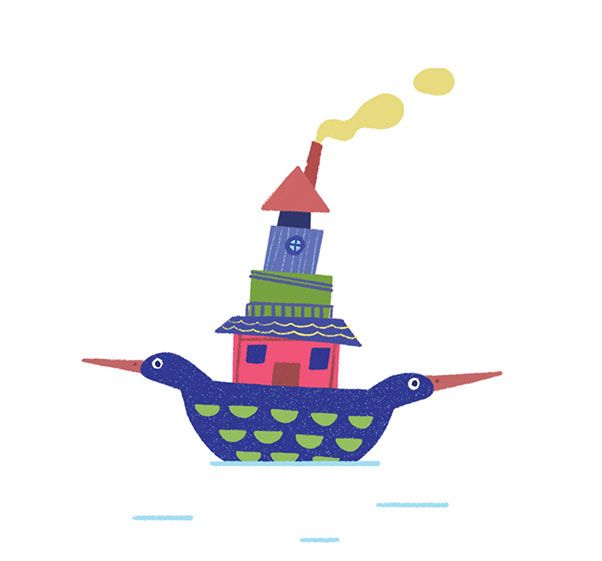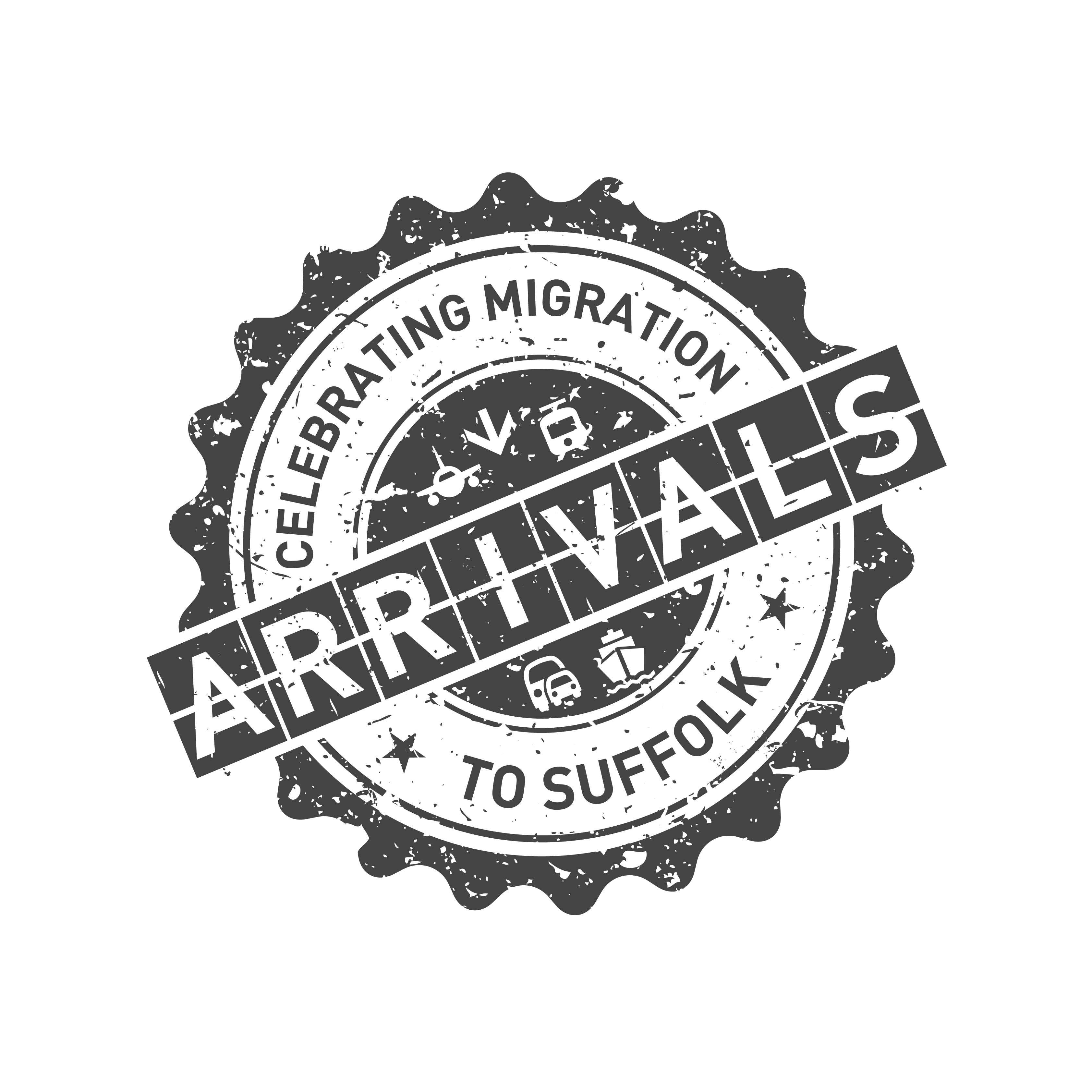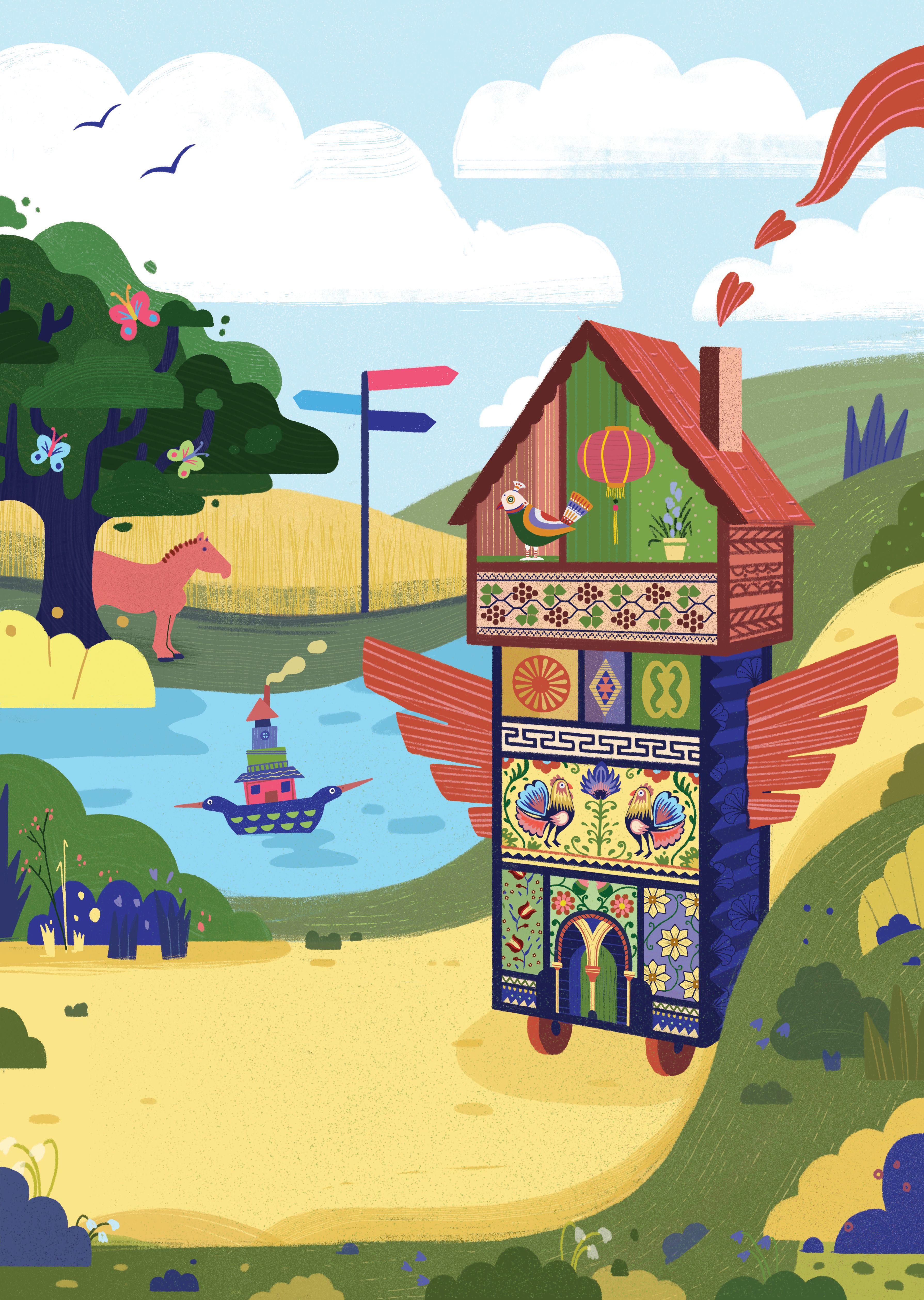
Suffolk has a rich history of welcoming people from all over the world.
Celebrating stories of arrival, community, and different cultures, this exhibition explores historical and contemporary experiences of migration to Suffolk from the end of World War Two up to today.
Discover moving and inspiring stories of generations of migrants who have made their home in Suffolk and continue to shape the vibrant culture of the county today.
Co-curated by Suffolk Archives and local community groups, this exhibition is just the start of a journey to collect stories of migration to make sure these are part of Suffolk’s history for future generations to come.
If you have a story you would like to share, then Suffolk Archives would love to hear from you.
Trigger Warning: Some topics and language that are featured in this exhibition could trigger an emotional reaction or cause offence. Archive content has been presented as it was originally created and may contain outdated cultural depictions or language. These were wrong in the past , and they are wrong today. If you are unsure or concerned please contact us.
For an introduction to the exhibition with our Project Intern, Faraz, and Exhibition and Interpretation Officer, Emily, listen here:
ISCRE
IPSWICH & SUFFOLK COUNCIL FOR RACIAL EQUALITY
www.iscre.org.uk/
In Ipswich in the 1970s several people came together to work towards improving community and race relations through a new organisation. The first meeting with Ipswich Borough Council to gain support was unsuccessful; the view was that there was no race discrimination in Ipswich, so an organisation was not needed.
However, individuals and politicians began to support the idea. After the passing of the Race Relations Act 1976 and establishment of the national Commission for Racial Equality, ISCRE was officially founded in 1977.
In the early days work was carried out by volunteers who faced a lot of discrimination for speaking up on race-related issues. Meetings were held in members’ houses with work focusing on raising awareness of racial discrimination in schools, the police and local employers.
After much hard work, in 1980 ISCRE employed the first Community Relations Officer. The organisation shifted from being a pressure group to campaigners as well as taking on casework, and running training.
ISCRE moved into its current office on St Matthew Street in Ipswich in 1998 and in 2018 established the Suffolk Law Centre to provide legal assistance to disadvantaged communities in Suffolk.
In 2022 ISCRE celebrated their 45th anniversary by reflecting on the organisation’s history and key achievements.
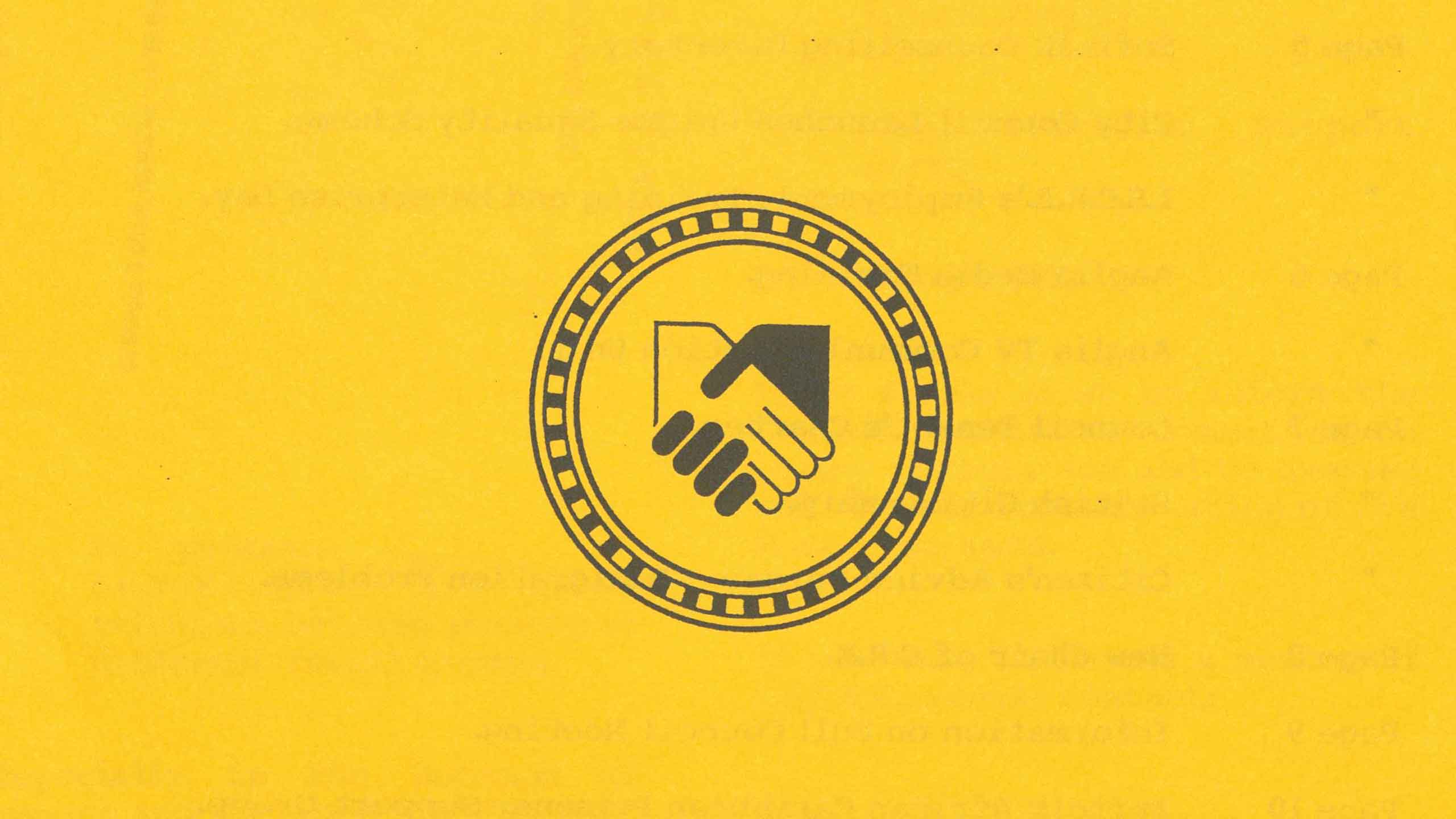
A celebration of 45 years of ISCRE, looking back at the journey travelled by our pioneers, the giants who came before us and all those who have been part of this wonderful story of passion and resilience.
EUROPEAN MIGRATION
DURING AND AFTER WORLD WAR II
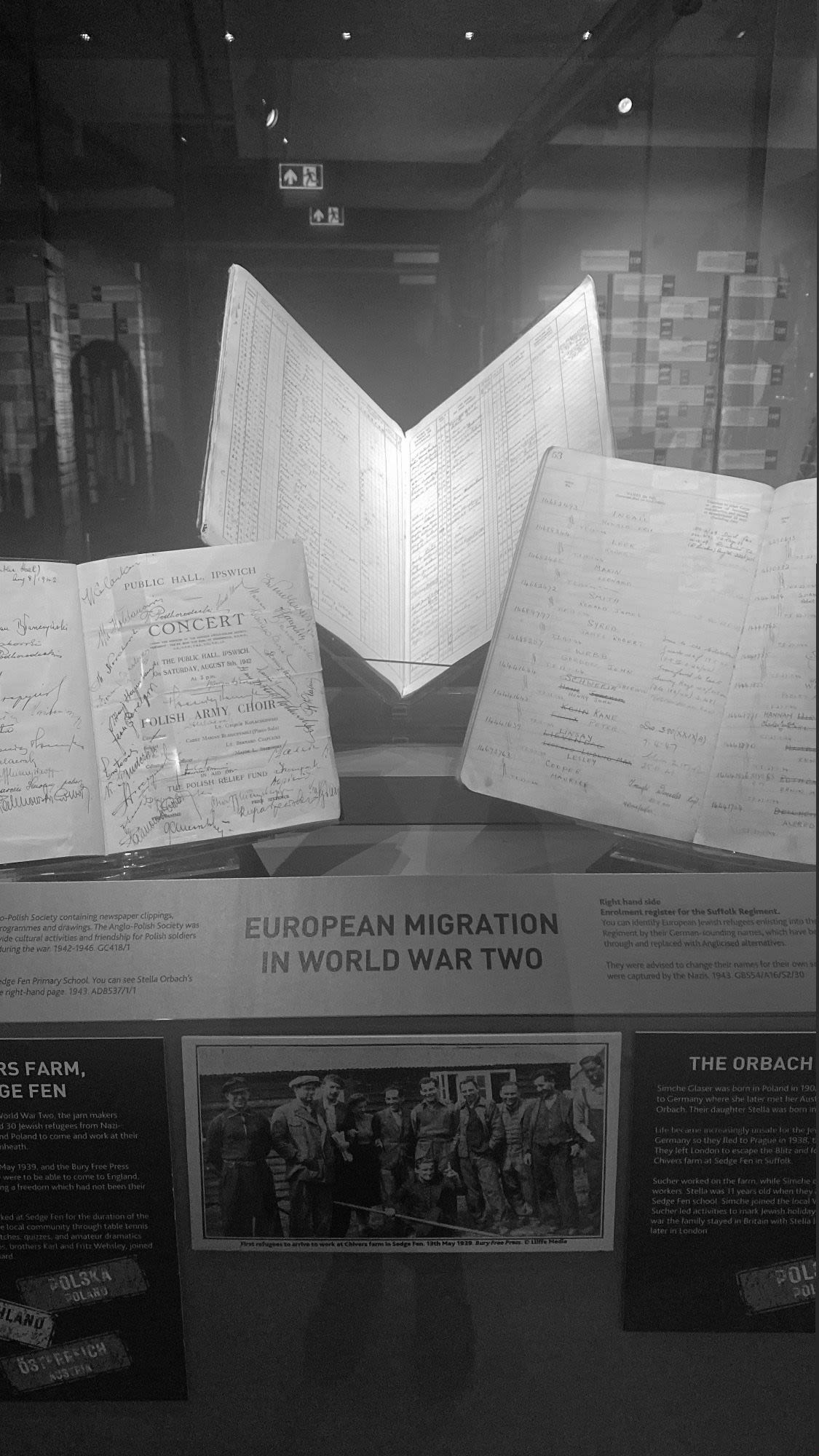
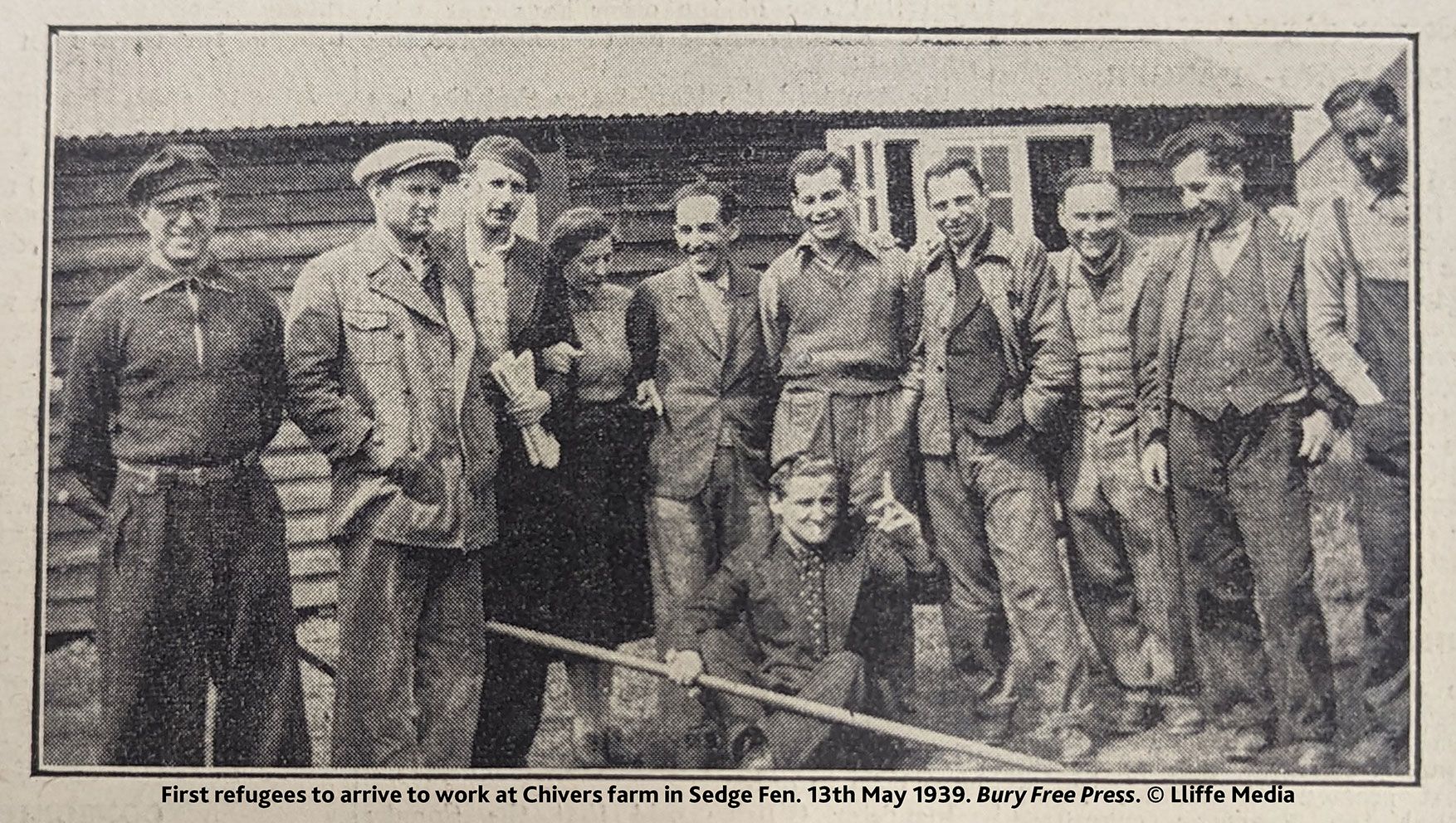
CHIVERS FARM, SEDGE FEN
Just before the beginning of World War Two, the jam makers Chivers offered jobs to around 30 Jewish refugees from Nazi-occupied Germany, Austria and Poland to come and work at their farm in Sedge Fen, near Lakenheath.
The first refugees arrived in May 1939, and the Bury Free Press reported “how grateful they were to be able to come to England, where they were experiencing a freedom which had not been their lot for a very long time”.
The refugees lived and worked at Sedge Fen for the duration of the war. They joined in with the local community through table tennis competitions, football matches, quizzes, and amateur dramatics events. Two of the refugees, brothers Karl and Fritz Wehsley, joined the Lakenheath Home Guard.
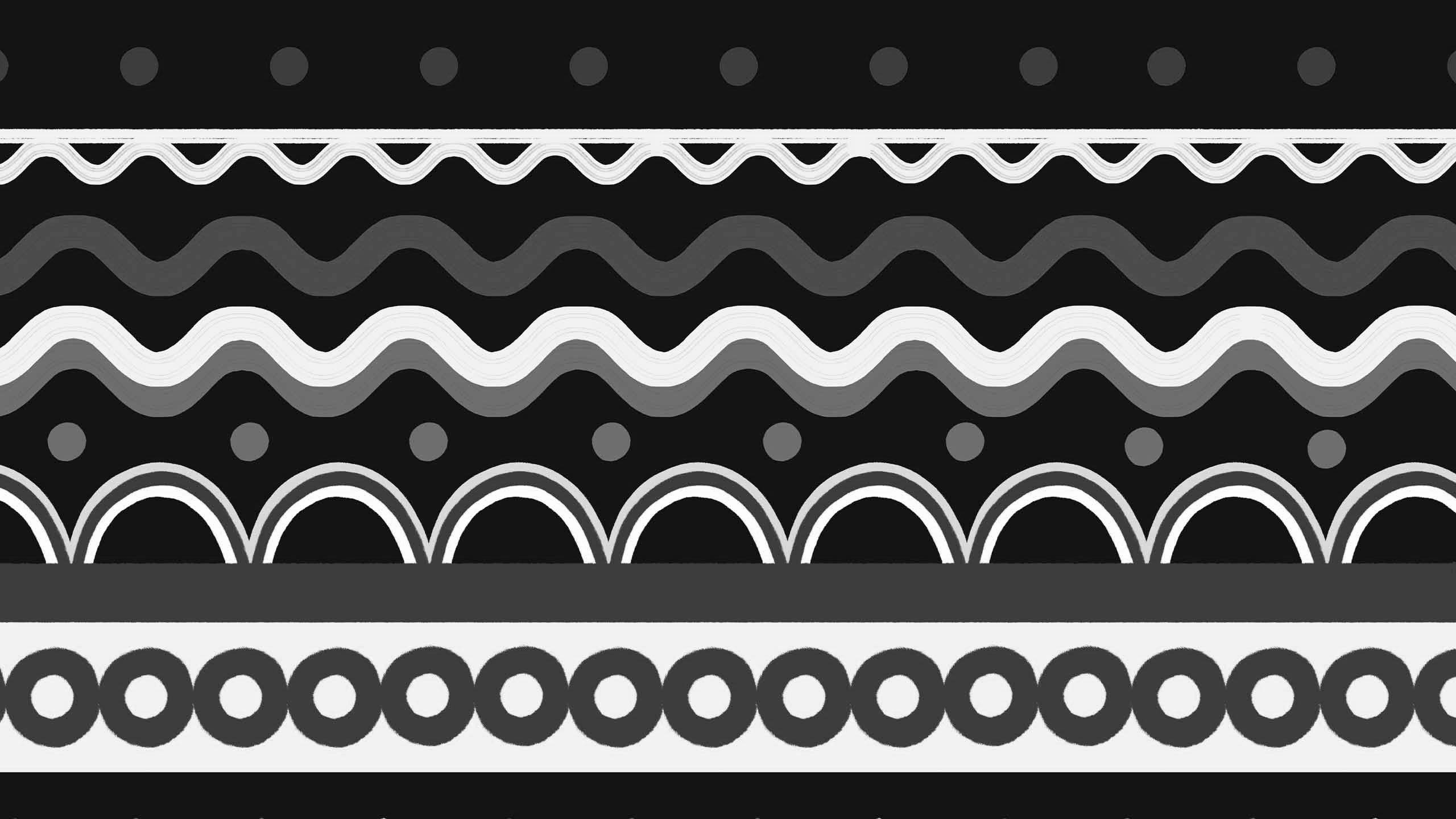
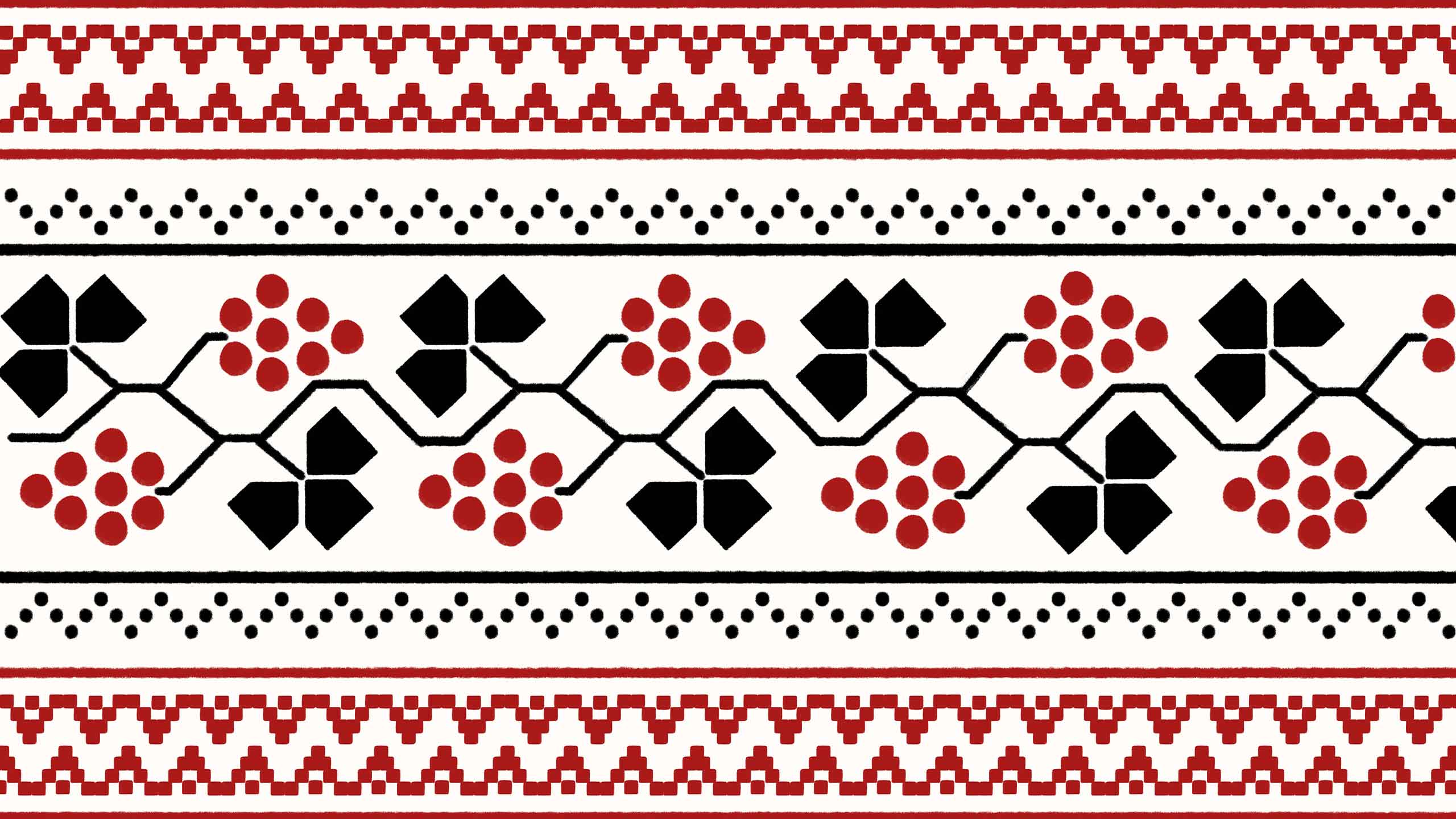
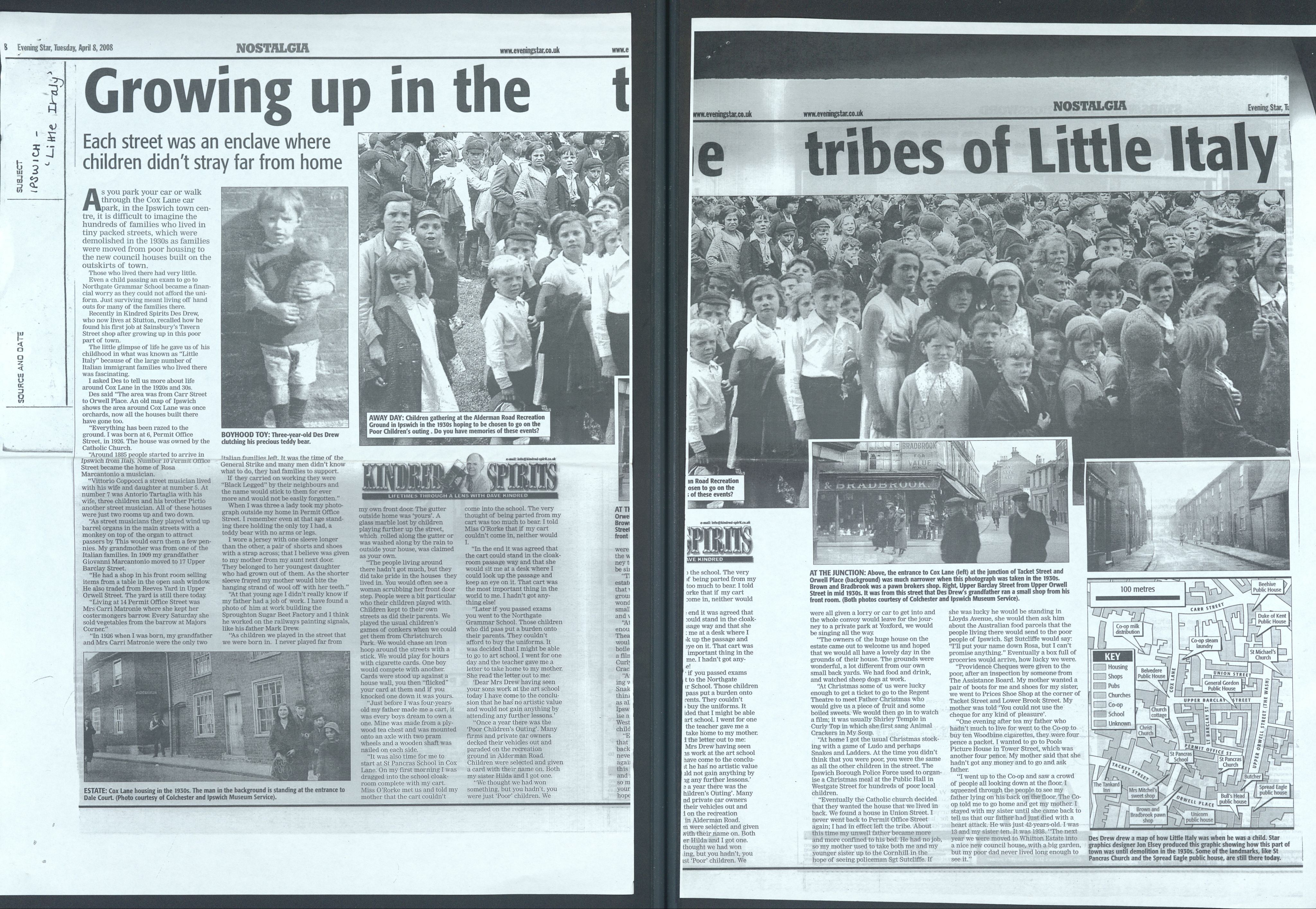
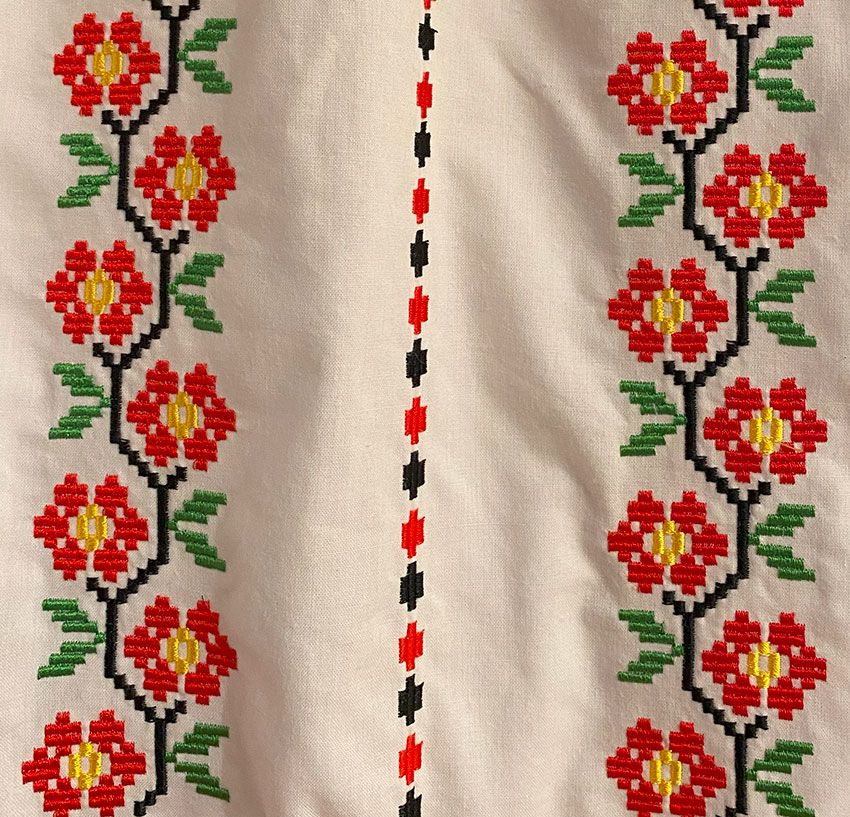
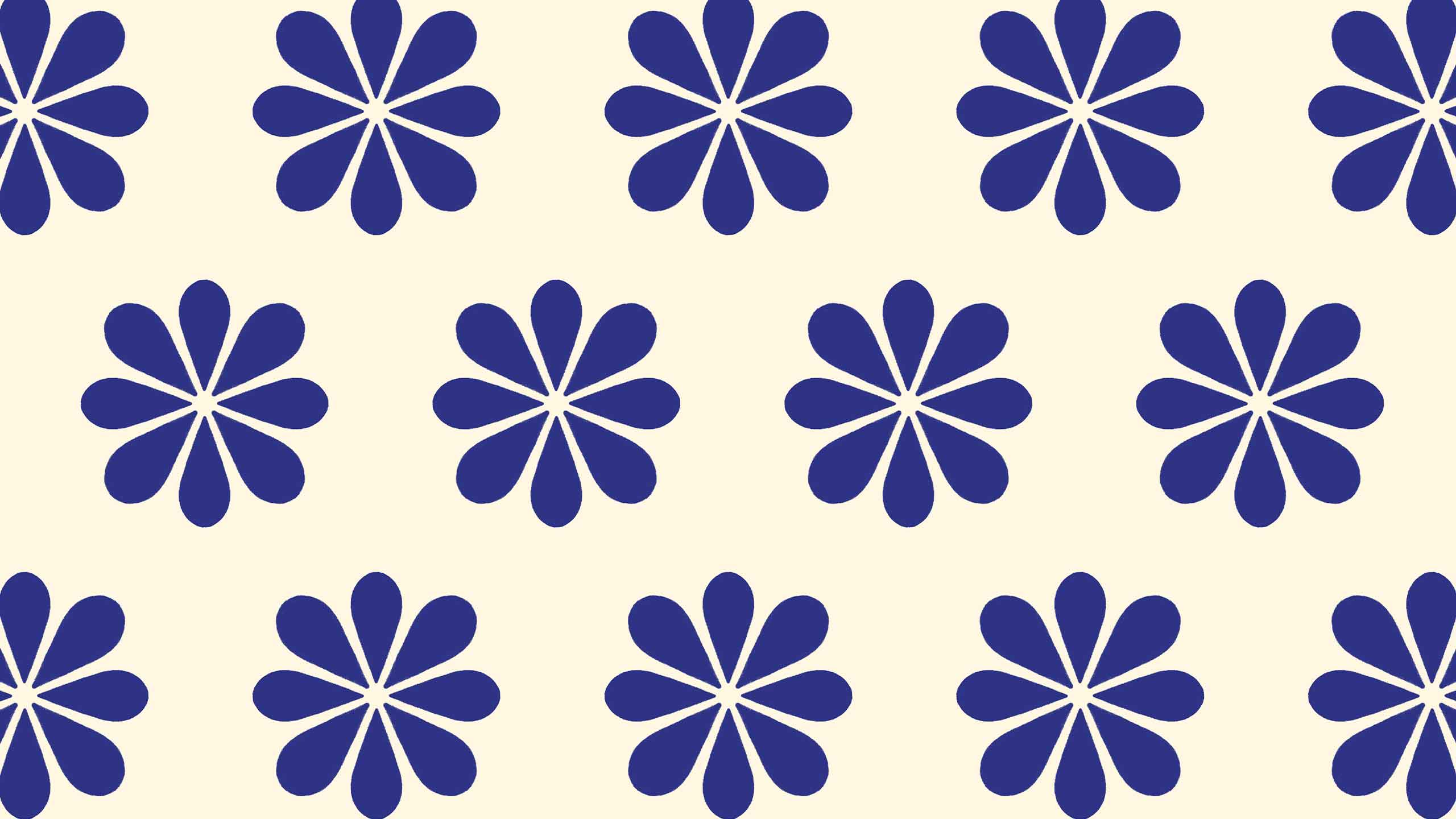
POLAND
Polish Traditional Dress
Polish Traditional Dress
Polish traditional dress varies significantly by region, but Krakow style dress was given the status of national costume in the 1800s. For women this involves a white shirt with a heavily beaded and embroidered black vest on top, a full floral skirt, white apron, and often a headband of flowers or ribbons.
Men wear a white skirt, waistcoat, striped trousers, and a black hat and boots.
These costumes are worn for holidays, festivals, and folk events.
POLISH COMMUNITY HUB
Polish Community Hub
Polish Community Hub
The Polish Community Hub provides social and cultural support for Poles in and around Ipswich, with the aim of bringing the Polish community together, encouraging integration and showcasing Polish heritage and culture.
The organisation is managed by Magdalena Chambers and Malgorzata Santarek and supported by volunteers from across Suffolk.
In 2023 the Polish Community Hub started a community allotment run by volunteers. All of the produce is donated to the Top Up Shop based at Castle Hill Community Centre.
Listen to Magdalena and Malgorzata discuss the experiences of the Polish Community in Suffolk and the role the Polish Community Hub plays:
UKRAINIE
Ukrainian Traditional Dress
Ukrainian Traditional Dress
An embroidered white linen shirt is the central feature of Ukrainian national clothing for both men and women. This is then added to either with coloured cloth trousers, or a skirt and apron. Accessories are an important feature with large collections of necklaces, headscarves or flower and ribbon headbands common for women.
Ukrainian Christmas Eve Service
On Friday 6th January 2023 St Edmundsbury Cathedral in Bury St Edmunds hosted a Ukrainian Christmas Eve service for Ukrainian refugees, host families, and the public. Christmas Day is traditionally celebrated on 7th January in Ukraine.
The service included Ukrainian carols and prayers. The service was organised by a Ukrainian community group with the support of the Cathedral and Suffolk Refugee Support. The Cathedral was packed with hundreds of people for the emotional service.
Clergy from St Edmundsbury Cathedral took part along with Ukrainian priest Father Bohdan Chyborak. £2,800 was raised through donations to support the Ukrainian forces.
St Edmundsbury Cathedral also hosted a candlelit vigil in February 2023 marking one year since the invasion of Ukraine, and a Ukrainian Easter service in April.
ITALY
In the late 1800s people from Italy started to arrive in Ipswich and many worked as street musicians, selling ice cream, knife grinding, and fortune telling.
As many Italians lived in the area around Permit Office Street in Ipswich, it was known as ‘Little Italy’. When many of the houses were demolished in 1930s as part of the slum clearances families moved out to new estates such as Whitton.
After World War Two more Italians moved to Suffolk after being recruited by Cranes Engineering to work at their Nacton Road site. There were regular Italian community social gatherings at Cranes for many years.
ROMANIA
Romanian Traditional Dress
Romanian Traditional Dress
The Romanian traditional dress features a white shirt with colourful embroidery on the sleeves, front and collar. The patterns and motifs can signify which region the wearer is from. For women, patterned wraparound skirts are often worn, sometimes with an apron. The predominate colour is traditionally red, but this can vary by region.
With the white shirt men will wear slim-fitting trousers, a waist tie and/or waistcoat, and a hat decorated with ribbons and feathers.
Ipswich Romanian Community
The Ipswich Romanian Community is a vibrant and inclusive hub dedicated to celebrating the beauty of Romanian culture while fostering connections within our diverse community.
It has its roots in the need for our community members to come together and provide support during the various challenges that we encounter. Through cultural exchange, learning, and joyful celebration, their aim is to forge strong bonds among our members and the wider community.
PORTUGAL
Interview with Alexsandra Ataide
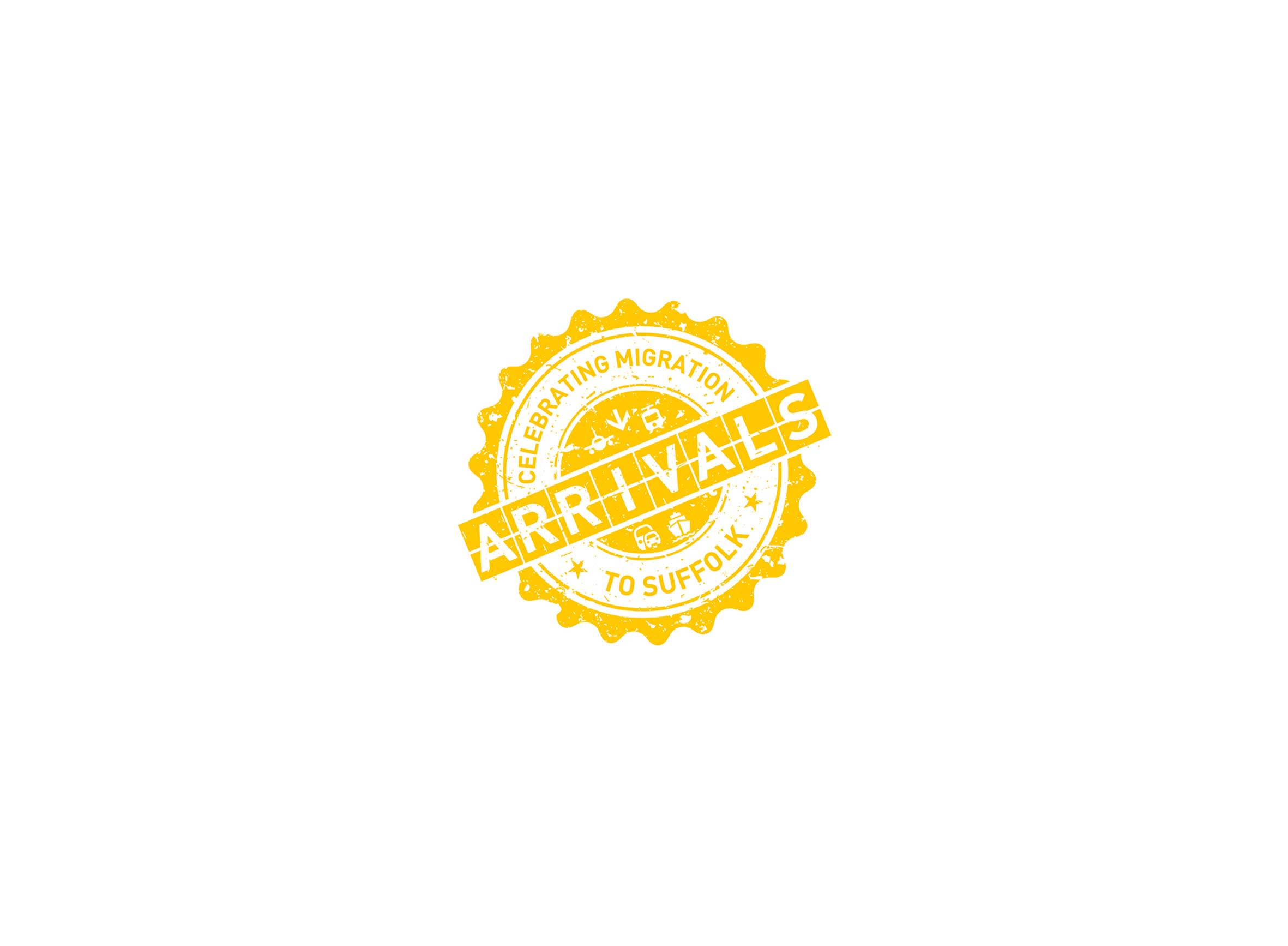
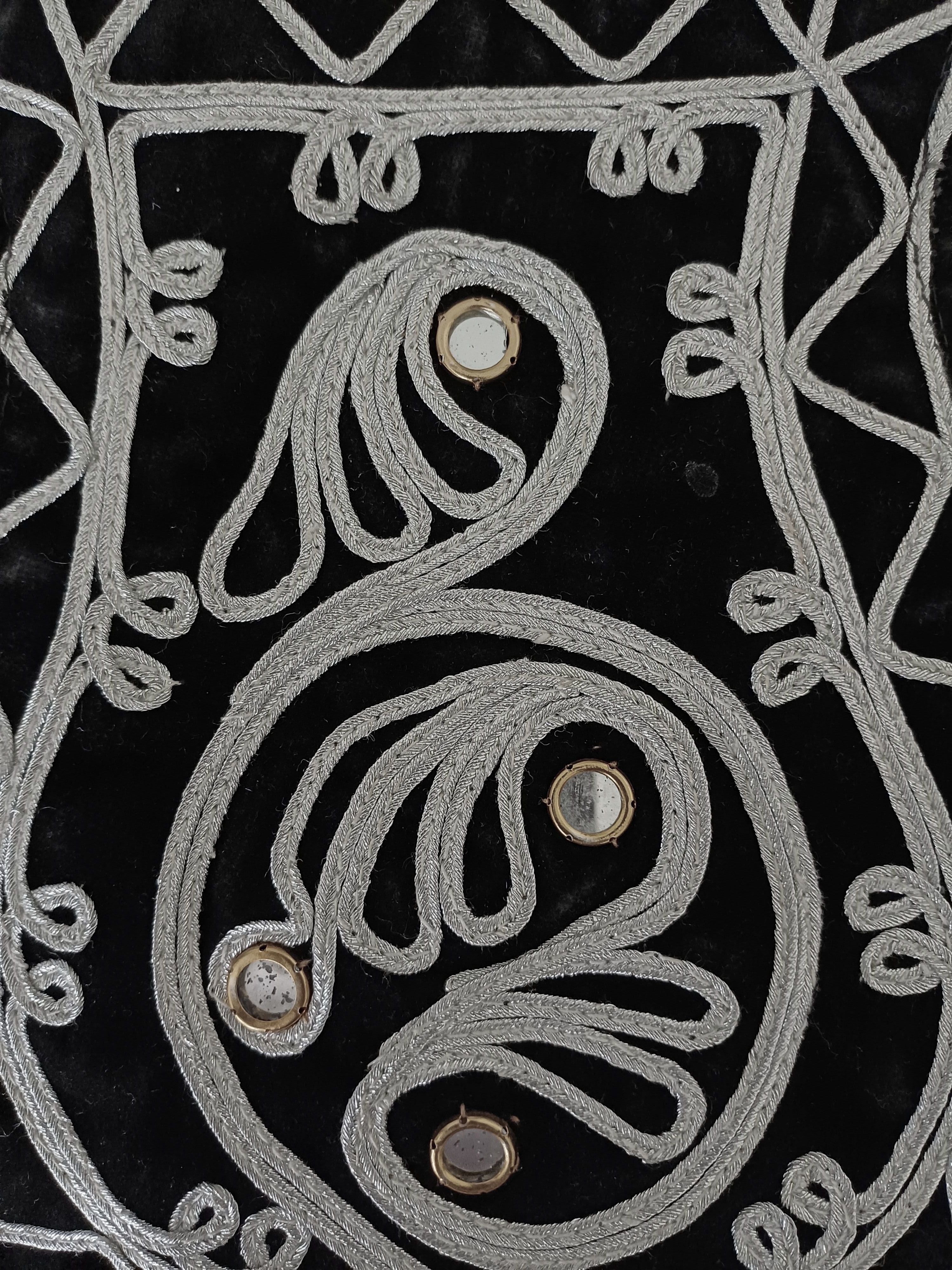
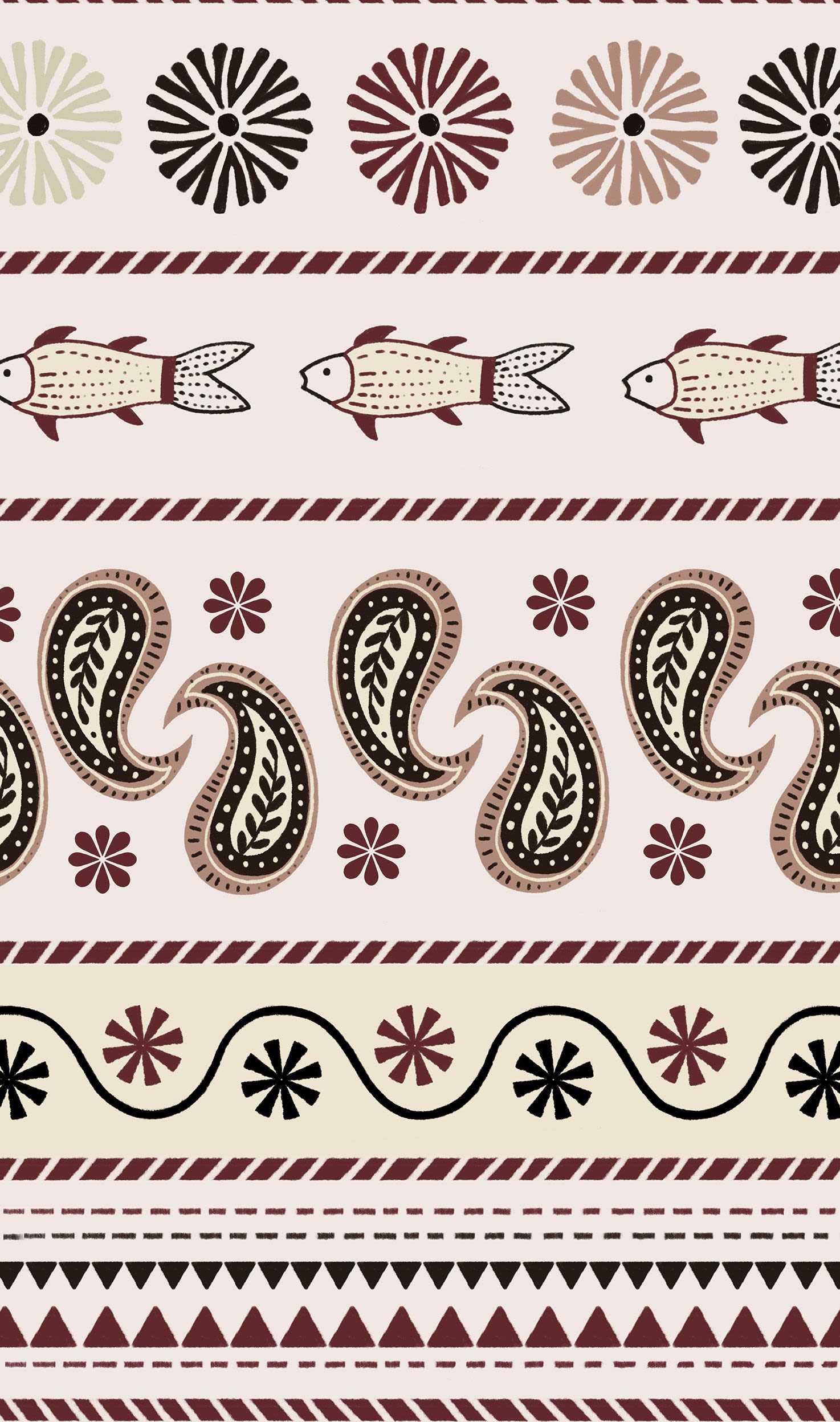
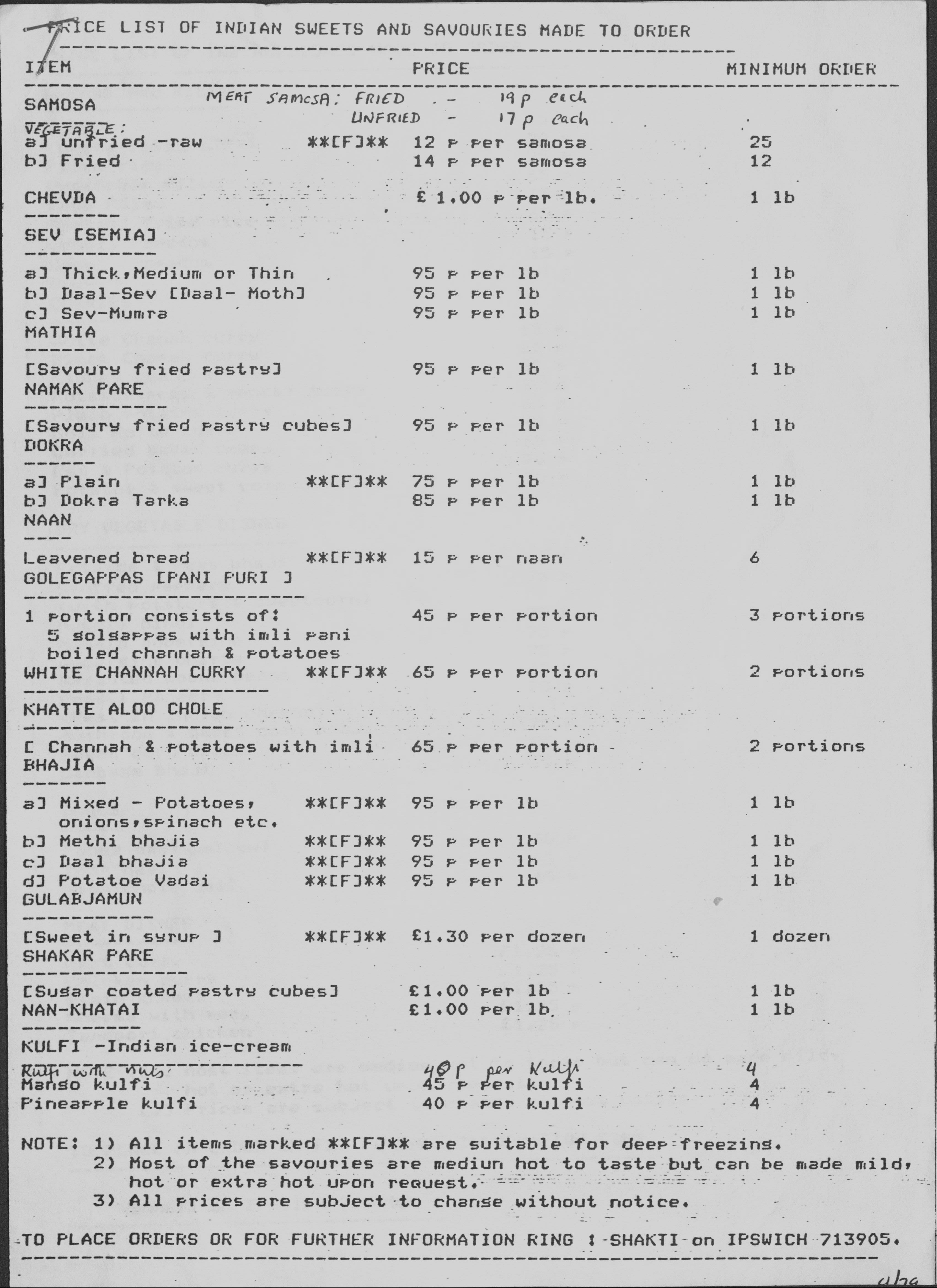
PAKISTAN
Nazima Abulkhairi's Scrapbook 'Survivor's Project' explores her early life and the experiences of her Pakistani family.
Naz and Rabab
Naz and Rabab
BANGLADESH
CURRY AND CULTURE PROJECT
Beginning in 2014, this project recorded the longstanding involvement of the Bangladeshi community in Suffolk life. It capturing the lives of the first generation of the local Bangladeshi community who arrived in Ipswich during the 1950s and 1960s.
Volunteers, staff, and school pupils conducted research, carried out 30 oral history interviews, made resources, and created a travelling exhibition.
“The first time I went out by myself was to take the children to school, I returned the way I came and didn’t look anywhere else just in case I got lost. Then, slowly, I started learning to find my way around…I made friends by taking the children to school, that is how I got to know people.”
Mrs Lovely Naha from Bangladeshi taking part in the Curry and Culture Project in 2014
Mrs Naha from Bangladeshi taking part in the Curry and Culture Project in 2014
BSC MULTICULTURAL SERVICES
Formerly known as Bangladeshi Support Centre was set up 25 years ago by a committed group of volunteers. It operates from an accessible community building (that also houses other VCSE organisations including Citizens Advice, Ipswich) in Suffolk’s most ethnically diverse and vibrant town, the BSC reaches out to advance education and empower individuals and communities.
INDIA
Entertainment during the Ipswich and Suffolk Indian Association Diwali Festival at Ipswich Town Hall
Entertainment during the Ipswich and Suffolk Indian Association Diwali Festival at Ipswich Town Hall
Rafi Fernandez Indian Vegetarian Cookery
Rafi Fernandez was born in Hyderabad, India and moved to England in 1965 aged 21. Rafi became interested in cooking when she and her Malaysian husband John started a family.
In 1985 she published her first book, Malaysian Cookery. This was the first cookery book in the UK to focus solely on Malaysian food. Rafi went on to write many more cookery books containing over 600 recipes.
Rafi Fernandez Cooking
With thanks to the team at Rafi’s Spice Box
www.spicebox.co.uk
Interview with Umesh Patel and Bandana Chiudhury recorded by Punna Athwall
FILIPINO COMMUNITY IN SUFFOLK
The Filipino community in Suffolk is part of the wider Filipino diaspora in the United Kingdom. While relatively small, the Filipino community in Suffolk has made significant contributions to the region's cultural diversity and workforce.
There are more than 2,000 Filipinos across Suffolk, mainly living in West Suffolk and Ipswich. Most came here via plane, a long journey taking almost 48 hours, moving here for better employment opportunities, education, family reunification, and the desire to open up new possibilities.
Many have been recruited for specific jobs such as nurses, butchers, electricians and in the hospitality industry. But this can mean that the employer selects were the new employees will work and live, leaving little room for personal preference.
Suffolk's healthcare sector in particular has attracted Filipino nurses and healthcare workers due to a shortage of skilled professionals in the NHS.
Ipswich Filipino Community celebrate their 20th anniversary working for the NHS with the EMBRACE network
Ipswich Filipino Community celebrate their 20th anniversary working for the NHS with the EMBRACE network
The Filipiniana dress and Barong.
The Filipiniana dress and Barong.
VIETNAMESE BOAT PEOPLE
Between 1975 and 1992 nearly two million Vietnamese people left their country. Increasing political oppression, poverty and continued conflict from the Vietnam War pushed many people to leave. Land borders were not an option, so most people attempted to escape by small boat to Thailand and Hong Kong. These people became known as Vietnamese Boat People. It was an extremely dangerous journey, and many people did not survive or were captured and punished.
Those who survived the journey often spent years in refugee camps before the UN worked with countries to establish resettlement schemes.
In 1979 the UK implemented a resettlement scheme for Vietnamese refugees. Save the Children set up a resettlement Centre at Foxhall Hospital in Ipswich between 1980-1981 and provided temporary accommodation, meals, and advice for over 150 refugees. Most of those arriving in Suffolk came as family groups and the centre struggled at times with limited space and only basic facilities.
Some Vietnamese families went on to settle into homes across Suffolk including Ipswich, Felixstowe, and Sudbury. One extended family of ten settled in three houses in Stowmarket in 1980 with the support of the Women’s Royal Voluntary Service.
Charities and churches provided support with finding work and English lessons. To start with many Vietnamese people took on unskilled jobs, but with improving English many quickly went on to professional work. Local newspaper reports show that by the mid 1980’s many of the families who had settled in Suffolk were moving on to live in London to join a larger Vietnamese community and take advantage of a wider range of job opportunities.
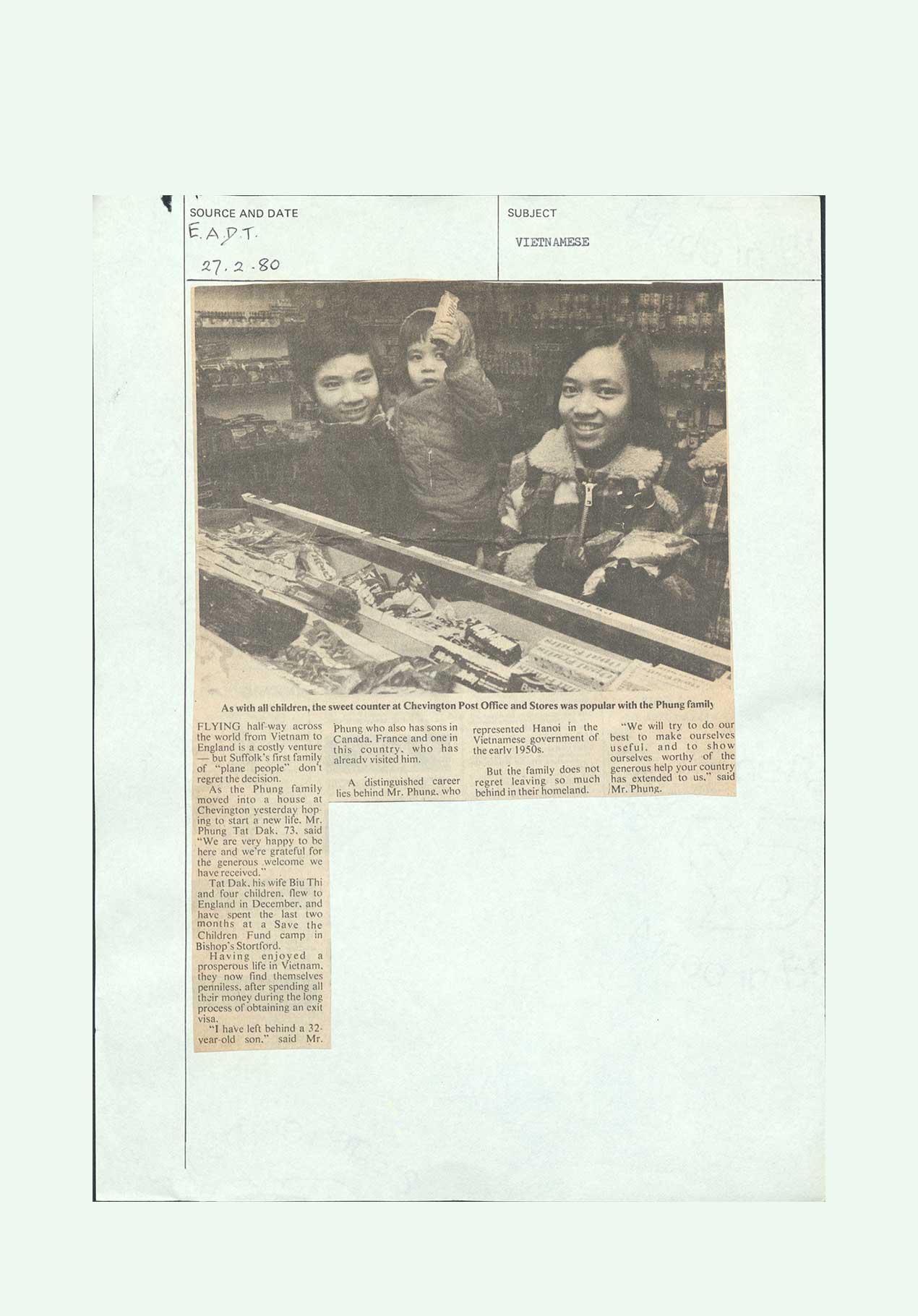
UGANDAN ASIAN CRISIS
In 1972 the President of Uganda, Idi Amin, ordered all Ugandan Asians to leave the county. 29,000 people found refuge in the UK where they were provided support to start afresh and rebuild their lives.
The incoming families were mostly British citizens who applied for visas to come to the UK, although they had to sell what they could to pay for their air fares. They were allowed to bring only £50 per family and one suitcase. Amin’s soldiers would often take even this little remaining property from them before they could leave.
Some of the refugees arrived into the UK at RAF Stradishall near Haverhill. A camp was set up here to provide temporary accommodation for up to 2000 refugees, a medical centre, meals, and a school. Much of this was run by volunteers.
Canteen at Stradishall Ugandan Asian resettlement camp, 1972.
Canteen at Stradishall Ugandan Asian resettlement camp, 1972.
One of the teachers at the school was Mrs Shirley. She kept a wonderful collection of her students work which gives an insight into the experiences of children and young people during this challenging period of upheaval and change.
She was very popular with the students, many of whom kept in touch writing letters to Mrs Shirley about their experiences after they left the camp and were resettled elsewhere.
From the Stradishall camp over 3000 people were resettled with houses and jobs. Many went on to work in a range of areas including politics, science and the arts, making a long-lasting impact on British society.
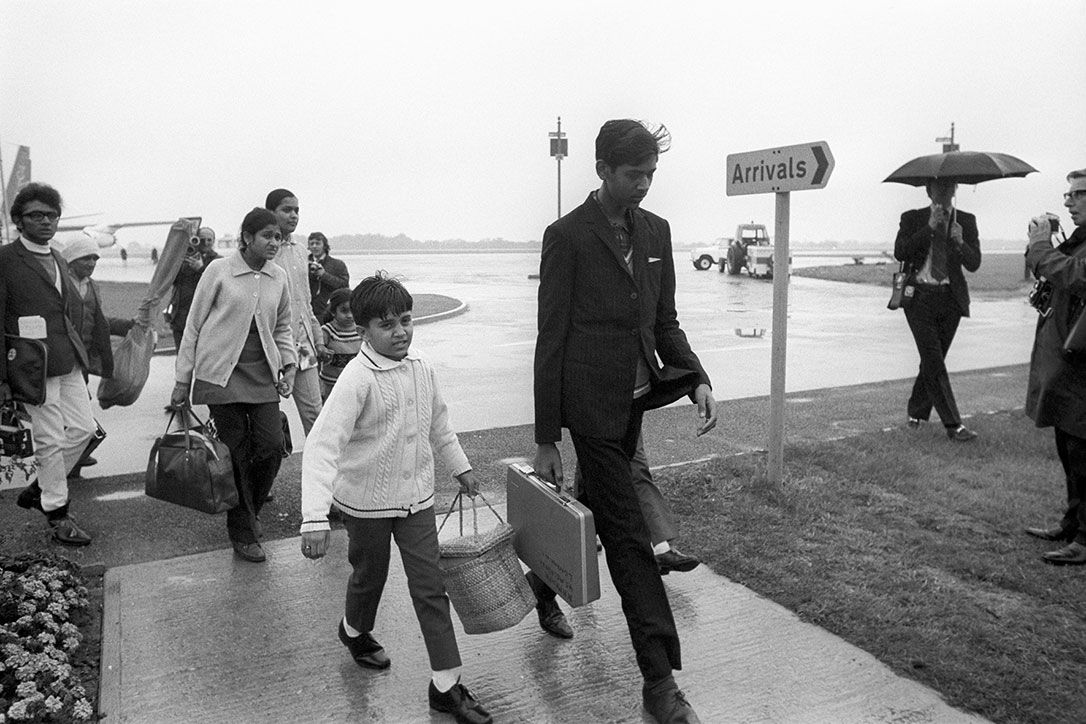

AFGHANISTAN - IRAN - KURDISTAN
AFGHANI TRADITIONAL DRESS
While there are regional differences, Afghan traditional dress for women involves a long-sleeved dress, often with a large, pleated skirt over loose-fitting trousers. A matching scarf often complements the look, either worn over the head or across the shoulder. For special occasions large, elaborate jewellery is often worn including earrings, necklace and a headpiece which can be attached to a small brimless hat.
Bright colours, vibrant patterns and intricate embroidery are all common features of Afghan dress. For special occasions clothing can be heavily embellished with mirrors, beads and bells.
Since the Taliban takeover of Afghanistan in 2021 strict dress codes for women have been imposed requiring women to be covered from head to toe using a burqa or similar veil when out of the home.
KURDISH TRADITIONAL DRESS
Traditional Kurdish dress varies for different regions but for women is often very bright and colourful. Women wear a long, loose dress made of a light sheer fabric with long flared sleeves which taper to a point. The sleeves are either left to dangle down, or in more practical settings are knotted behind the arms or back. This is worn over a base layer of camisole or loose trousers. A small jacket, often of velvet, is worn over the top.
Either colourful ties or a large chain belt are worn around the waist to pull the dress in. Jewellery, including decorative skull caps, is popular, particularly for special occasions.
GYPSY TRAVELLER COMMUNITY
Gypsy Traveller covers many different groups including Romany Gypsies, Irish Travellers, Show people and New Travellers. These groups share a history of a nomadic lifestyle, but all have distinctive traditions and ways of life.
Some of the key cultural themes are a strong sense of family and community with large gatherings for key events such as weddings and funerals. Dance, music, storytelling, and traditional artforms and crafts are all central elements of Gypsy Traveller cultures.
Gypsy Traveller identity can be expressed in different living styles from moving regularly in caravans or mobile homes, living in settled accommodation some of the year and travelling in the summer, remaining long term on one traveller site, or living in ‘bricks and mortar’ houses but continuing Gypsy Traveller traditions and culture.
When living on an authorised pitch gypsies and travellers pay rent, bills, and council tax. There is a continuing lack of authorised sites (council or private) for travellers, often forcing groups to stop wherever possible. 90% of planning applications made by Gypsy Travellers to establish new authorised sites are rejected. There is one council operated traveller site in Suffolk.
It is becoming increasingly difficult to maintain a nomadic lifestyle in Britain and Gypsy Traveller voices are often excluded from policy making and the media.
Traveller communities can be some of the most socially disadvantaged groups with challenges accessing services and negative stereotypes continually portrayed in the media. Gypsy and Traveller communities are often very entrepreneurial, and many have gone on to establish successful professional businesses, but their ethnicity is often hidden for fear of discrimination.
There are also cultural travellers which includes Showmen and New Age Travellers. Showmen run funfairs or circuses which travel around the country, and often work for a well-established family business. New Age Travellers arose during the 1960s and 1970s Hippy movement, but as it became harder to live on the road many have settled into sites or communes.
Proud of our Family, Proud of Our Home / Photo: Simon Lee, Suffolk County Council
Proud of our Family, Proud of Our Home / Photo: Simon Lee, Suffolk County Council

ROMA COMMUNITY
Roma people are Europe’s largest ethnic minority with a large population in Romania, and around 12 million Roma living worldwide.
There are many sources and stories for where the Roma came from. In general, they are believed to originate from the Punjab and Rajasthan regions of northwest India. The Roma started migrating to Europe and North Africa around 1000 A.D., driven away by the caste system in India, where they occupied the lowest position.
The 1971 first World Romani Congress was held and marked a new era in the international Roma movement. One of the key achievements of the congress was the creation of a shared Roma anthem and flag displaying a large red cartwheel on a green and blue background. These were shaped by Roma themselves to reaffirm their identity.
After the World Romani congress there was a political awakening in the community, as well as a push to recognise the collective work of Roma artists. All working towards breaking down out dated negative stereotypes of Roma people, created exclusively by non-Roma.
After 2007 when Romania was accepted into the EU the Roma community moved extensively across Europe, through Spain, Germany, France, and Italy.
The 2010’s saw greater migration from Eastern Europe to the UK and a large number of Roma from across Europe arrived in the country. In Ipswich the Roma community is estimated to be around 2,000 people. This a mix of young families, single men and women, and elders. Roma people work in all areas including the NHS, government, social work, business, and charities. However, many choose not to share their Roma identity for fear.
Romani Traditional Dress
Romani Traditional Dress
IRISH DIASPORA
Unlike many migrants Irish people have unrestricted entry to Britain and the same rights as British citizens with access to health care and benefits. Some areas such as Liverpool, London and Glasgow have a significant Irish community, but Irish people have settled all across the country.
Since World War Two there have been waves of migration from Ireland during the 1950s and into the 1970s, as well as significant youth migration in the 1980s following the economic recession. People were moving to find work, escape conflict, or to move away from the traditional conservative culture in Ireland.
People found work in construction, agriculture, and mining. Often responding to worker shortages in England as well as seasonal work. In Suffolk Irish people worked in businesses such as Cranes, Ransomes and BT, as well on major construction projects including Sizewell and the Orwell Bridge. Many women both as families and independently left Ireland, often to work in the NHS who directly advertised for nurses in Irish newspapers.
In 1973 the Federation of Irish Societies (now Irish in Britain) was founded to bring together the many Irish community centres and clubs which worked to support Irish people through advice and community. There was also a strong bond between the Irish community and the Windrush Generation. Both faced discrimination and showed determination in establishing their lives in Britain.
The 2008 financial crash sparked a return to large scale migration from Ireland to Britain.
The Irish diaspora is a diverse community, with a long history who continue to have a significant impact on Britain. Whilst discrimination has improved it still exists, with particularly the Irish Traveller community continuing to face discrimination and challenging working arrangements.
IRISH DANCE
The Irish diaspora have a strong shared culture including music, dance, sport, literature, and language. This has played a key role in expressing and preserving Irish identity.
Irish dance is a group of traditional dance styles which originated in Ireland and are now enjoyed and performed around the world including in competitions.
In 1994 Riverdance was performed during the Eurovision Song Contest interval and introduced a huge new audience to modern Irish dance and music, boosting interest and perception of Irish culture abroad.
Women and girls wear a long-sleeved dress with a short, flared skirt, sometimes with a cape as well. The dress is often heavily embellished with embroidery, beading and gems which can feature symbols such as Celtic knots. Hair is curled and styled high up on the head, finished with a matching headpiece.

THE WINDRUSH GENERATION
1948-1971
The UK advertised in the Caribbean for people to come to England and help rebuild after World War Two. Those who came are known as the “Windrush Generation” because the first ship that brought them to the UK was called the MV Empire Windrush. Instead of a warm welcome, they faced various challenges including racial discrimination, difficulties in finding housing and employment and barriers to accessing healthcare and other public services. Many faced hostility and prejudice, and their contributions to British society were often overlooked. Some of them were wrongly detained or even deported. They made a significant impact on British society.
WEST INDIAN FRONT ROOM
This space represents some of the furnishing and objects which would have featured in the front rooms of many members of the Windrush Generation in the 1960s and 1970s.
The front room was a space for receiving guests, hospitality, and entertaining, particularly on a Sunday. It was important that it was kept well and represented the family positively.
With thanks to Max Thomas and the Ipswich Windrush Society.
www.ipswichwindrushsociety.org
ANTIMACASSAR
An antimacassar is a decorative set of white cloths which were placed over the backs and arms of chairs to protect the fabric from grease and other products which were often used to style hair.
Ipswich Caribbean Experience Compilation
MARKET SCENE ST. LUCIA
PLASTIC FLOWERS
While fresh flowers were in abundance in the Caribbean, they were a luxury to have in the home in the UK, so plastic versions were often used to bring extra colour and life to the front room.
SEWING PATTERNS
Most Caribbean communities had at least one local dress maker or tailor. They were the person to go to for repairs or new commissions. The front room was often the place for fittings or sharing ideas and skills.
RADIOGRAM
Radiograms contained a record player and radio, often in a smart wooden cupboard also used as a drinks cabinet or for displaying glassware. It was an important object in the home and the centre of many events. Jim Reeves country and western records were popular as was religious music, and Caribbean radio available via the BBC World Service.
OUR WORDS
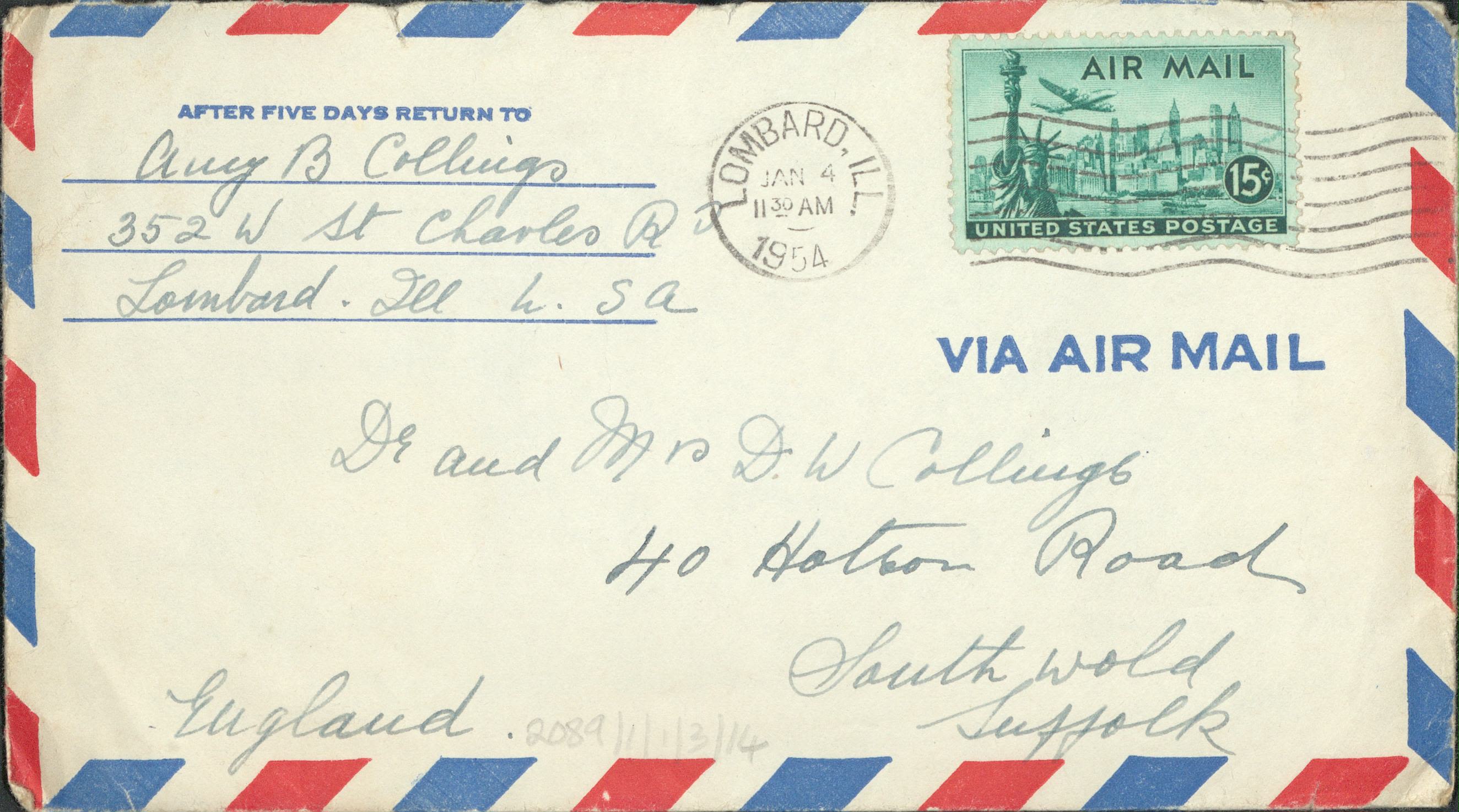
The words we use have a lot of power. It is important to think about the words we are using and take the time to educate ourselves on what they mean. How might the words we use when taking about migration make others feel?
Below are some keys words relating to migration.
ASYLUM
Shelter or protection from danger
ASYLUM SEEKER
A person who leaves their country and seeks refuge in another country. A person who is waiting for a decision (being granted or rejected refugee status) is known as an Asylum seeker.
SMUGGLING
The illegal transportation of people across borders for a fee.
REFUGEE
Someone who has fled their home country due to persecution or a well-founded fear of persecution.
REFUGEE CRISIS
A large-scale situation where a significant number of people are forced to flee their homes.
EMIGRATE
When a person leaves their own country in order to settle permanently in another.
IMMIGRANT
A person who comes to live permanently in a foreign country.
MIGRATION
Movement from one place to another with the intention of settling.
MIGRANT
A person who moves from one place to another to find work or better living conditions.
CITIZENSHIP
The status of being legally recognized as a national of a state (country).
RACISM
Prejudice and discrimination by an individual, community or institution against a person or people based on their race.
DISCRIMINATION
Unfair treatment or prejudice against people based on certain characteristics. For example, race, religion, gender, sexual orientation, or nationality among other characteristics.
SUPPORT & RESOURCES
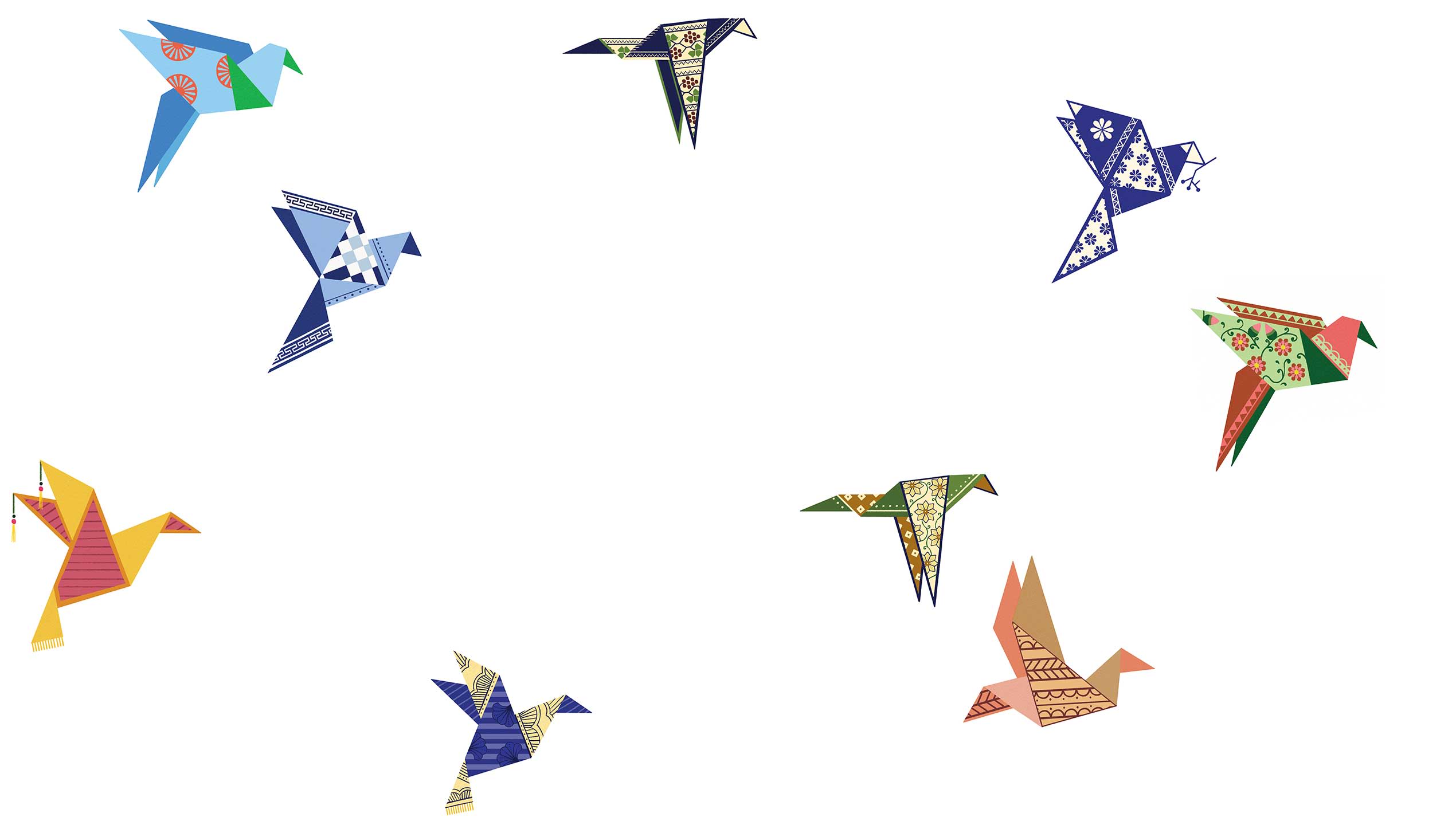
If you or someone else is at immediate risk, dial 999 for the emergency services.
SeedTec
(Get Set UK)
Award-winning employability, skills, and health services provider.
Volunteering Matters
Encouraging asylum seekers to volunteer and arranging activities and projects.
British Red Cross
Supports both asylum seekers and refugees, as well as those currently travelling to the UK.
Refugee Council
Supports and empowers people who have fled conflict, violence and persecution in order to rebuild their lives in the UK.
Migrant Help
Supports asylum seekers, refugees and victims of human trafficking and modern slavery.
08088010503
Asylum Aid
Helps survivors by working directly with them, other organisations, and to change policy that affects all Survivors across the UK
The Hive
Focuses on building strong relationships within the community, celebrating culture and the people in it.
Suffolk Law Centre
Charity that Provides legal advice, casework, support and information to empower the people of Suffolk to understand and assert their legal rights.
Refugee Council
Charity that helps refugees and people seeking asylum in the UK with crisis support, employment, mental health, resettlement and legal advice.
City Of Sanctuary
A movement/community which is working on making UK more welcoming for people forced to flee their homes.
Modern Slavery Helpline
Provides information, advice and guidance about any modern slavery issue.
08000 121 700
Mental Health Support Organisations:
BAATN - The Black, African and Asian Therapy network: www.baatn.org.uk
BMM - Black Minds Matter: www.blackmindsmatteruk.com
SEEAC - Mental health support for southeast and east Asian communities: www.seeac.org.uk/mental-health-support
Sikh Your Mind - Mental health support to Sikh community: www.sikhyourmind.com
Samaritans - 24/7 free phone help line: www.samaritans.org / Phone Number: 116 123
ARRIVALS PODCAST
Throughout the duration of the Arrivals exhibition, University of Suffolk, English Masters student, Rob Sadler, has been interviewing different people involved in the curation of the exhibition, as our writer in residence. Enjoy the different stories featured below:
Arrivals: Celebrating Migration to Suffolk ep. 1 at The Hold
Join Rob Sadler, writer in residence for Suffolk Archives, as he explores and introduces the Arrivals project with Exhibition and Interpretation Officer, Emily and Project Intern, Faraz.
Arrivals: Celebrating Migration to Suffolk ep. 2 The Polish Community
Join Rob Sadler, writer in residence for Suffolk Archives, as he interviews Magda and Malgorzata from the Polish Community Hub based in Ipswich (with a guest appearance from Malgorzata's mum!). They discuss their experiences of moving from Poland to Ipswich, memories of Poland and the role the Polish Community Hub plays in Suffolk.
Arrivals: Celebrating Migration to Suffolk ep. 3 The Roma Community
Join Rob Sadler, writer in residence for Suffolk Archives, as he interviews Simona Lazar CEO of Union Romani Voice based in Ipswich. They discuss the experiences of the Roma community in Suffolk, the role of Union Romani Voice, the plans for International Roma Day and the involvement of the Roma Community in the Arrivals exhibition.
WE NEED YOUR MIGRATION STORIES!
If you moved to Suffolk, or your parents or grandparents did, we need to capture these personal stories so they will be available for generations to come.
You can share these stories with us at Suffolk Archives, so we can look after them and make them accessible to all.
WE WOULD LOVE TO HEAR ABOUT:
· Life in your home country .
· Your motivations for moving to Suffolk.
· What was your journey?
· What did you bring with you?
· What were your first impressions and experiences in Suffolk.
· Did you experience any cultural differences? what was positive, what was challenging?
· Any customs and celebrations you continue to share today?
· Your hopes for the future.

